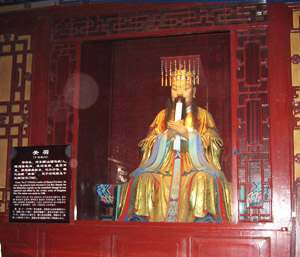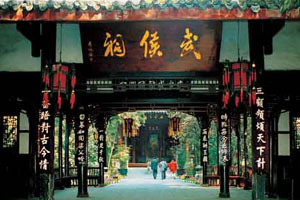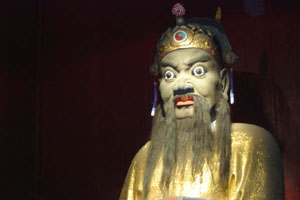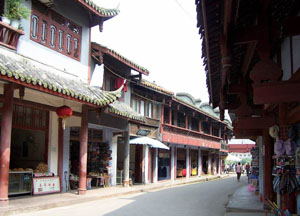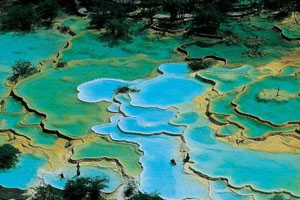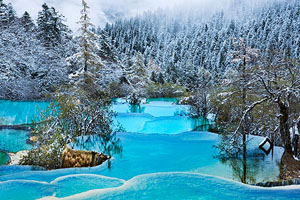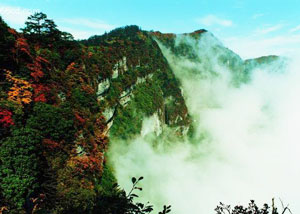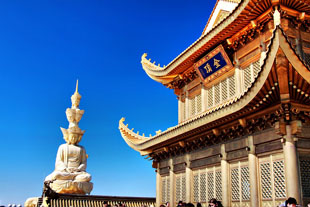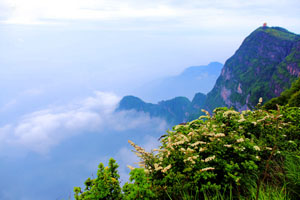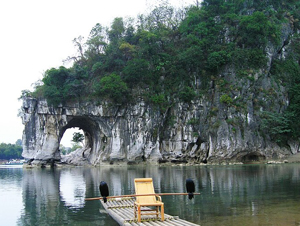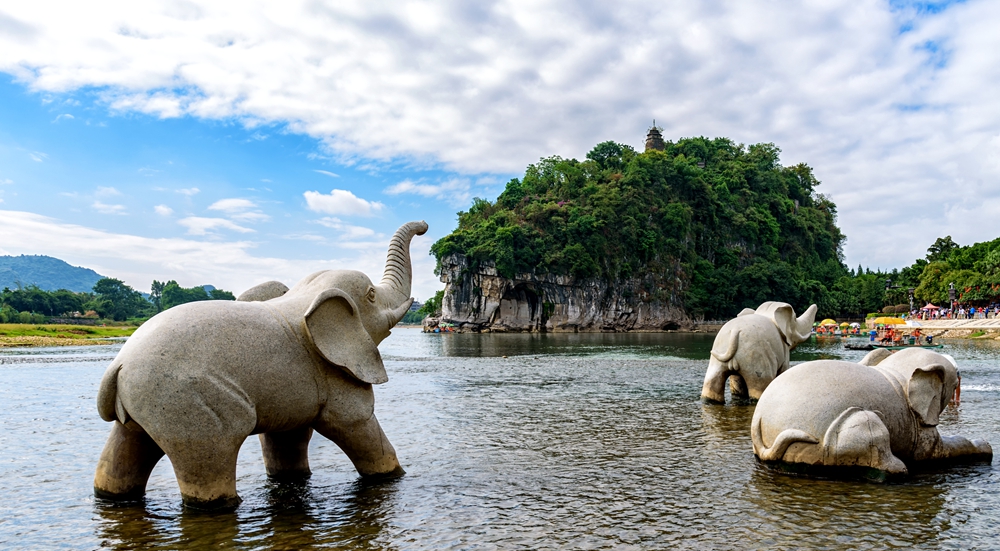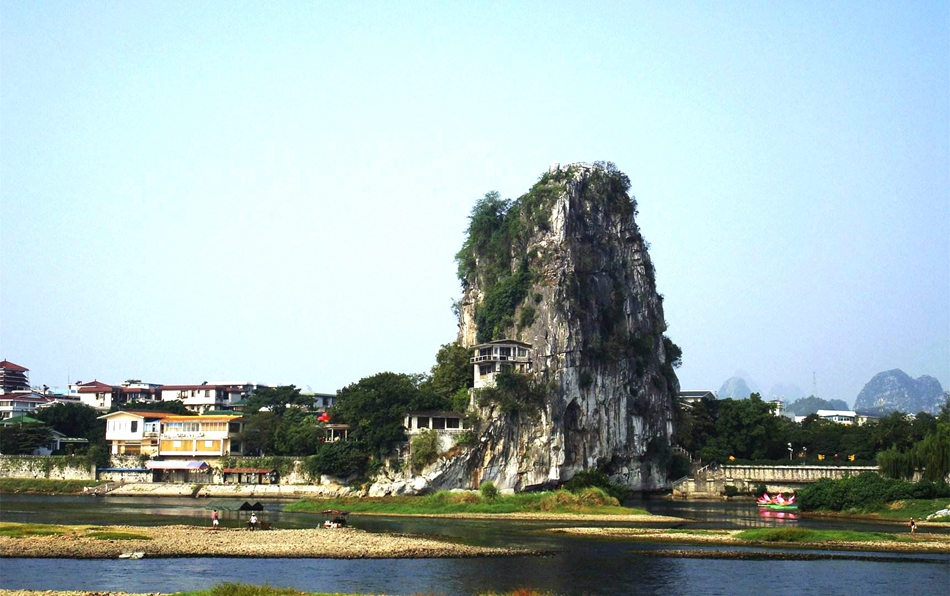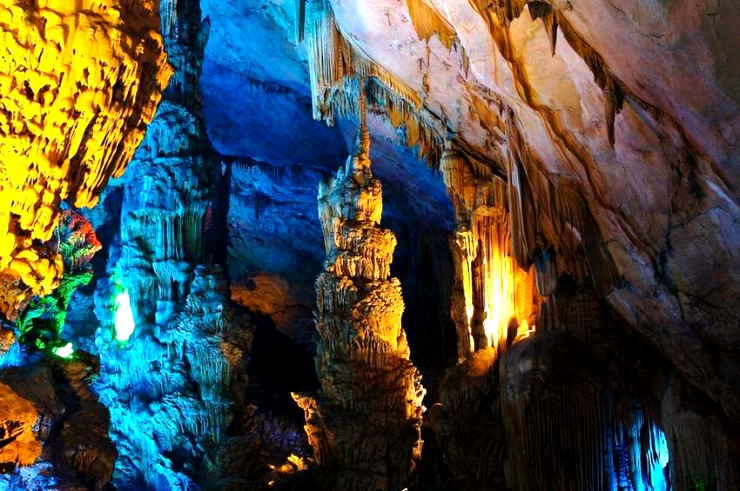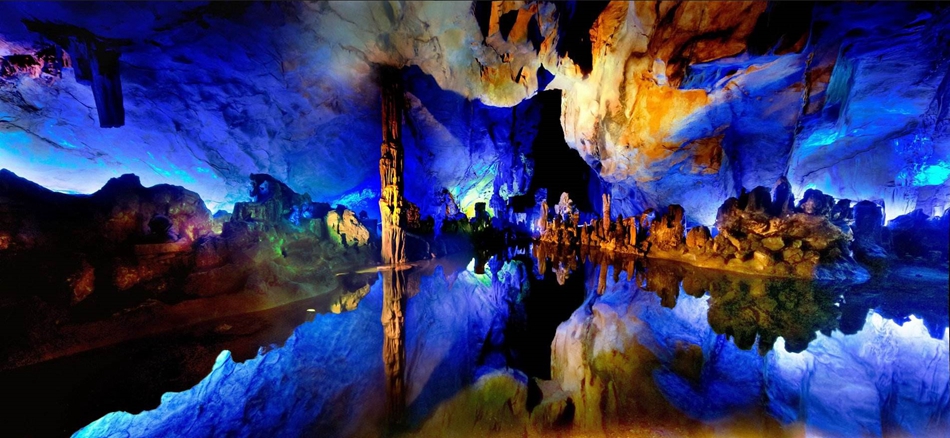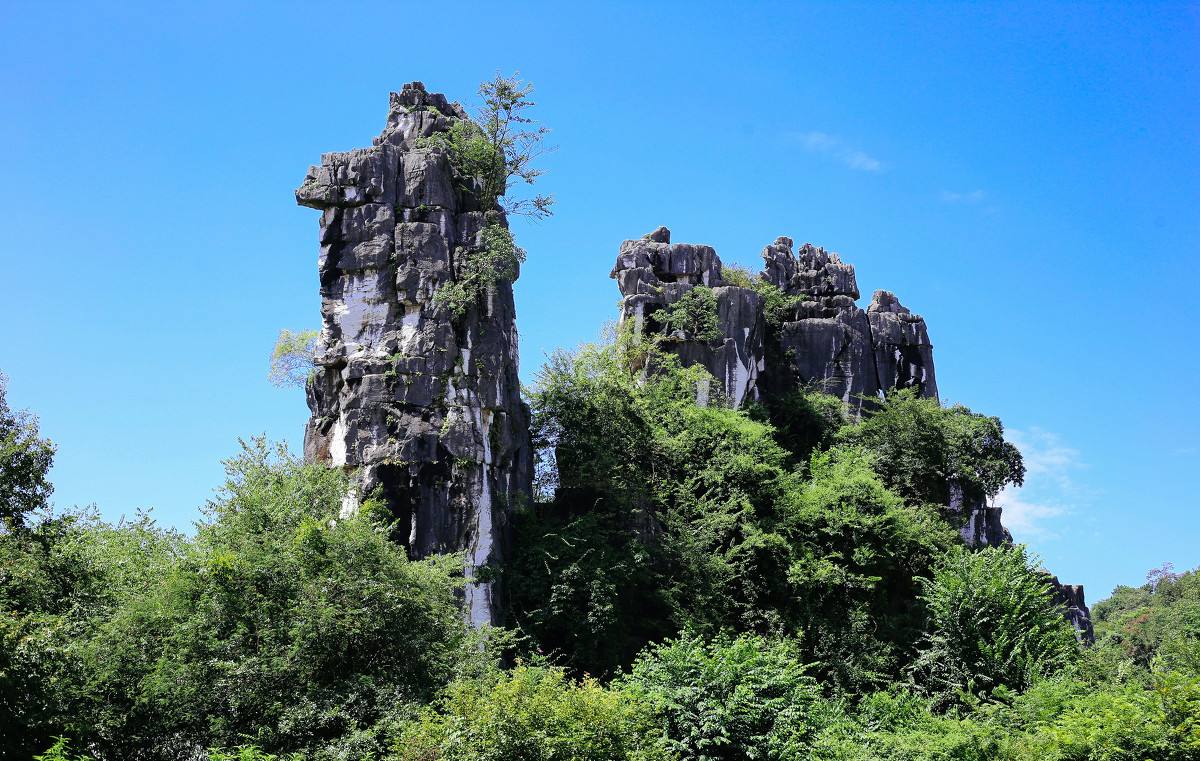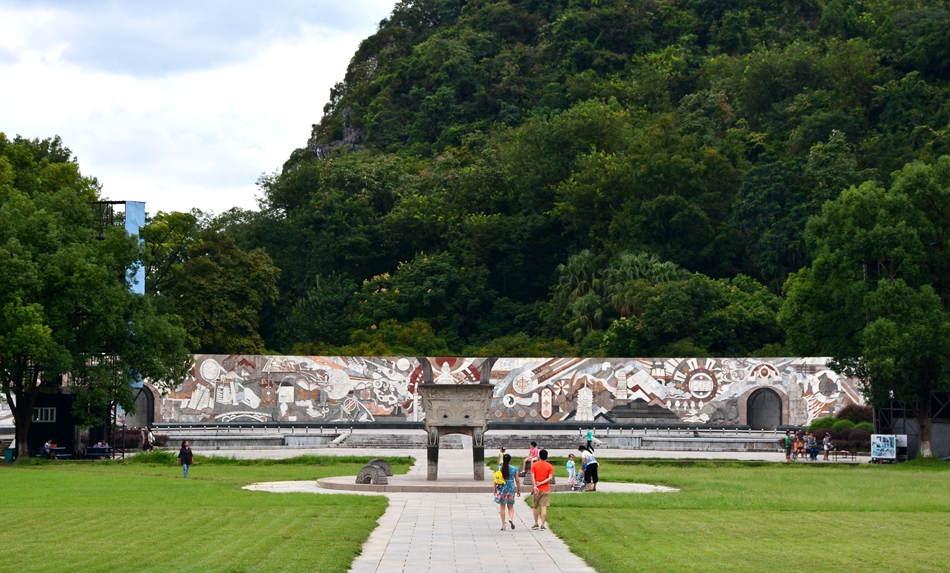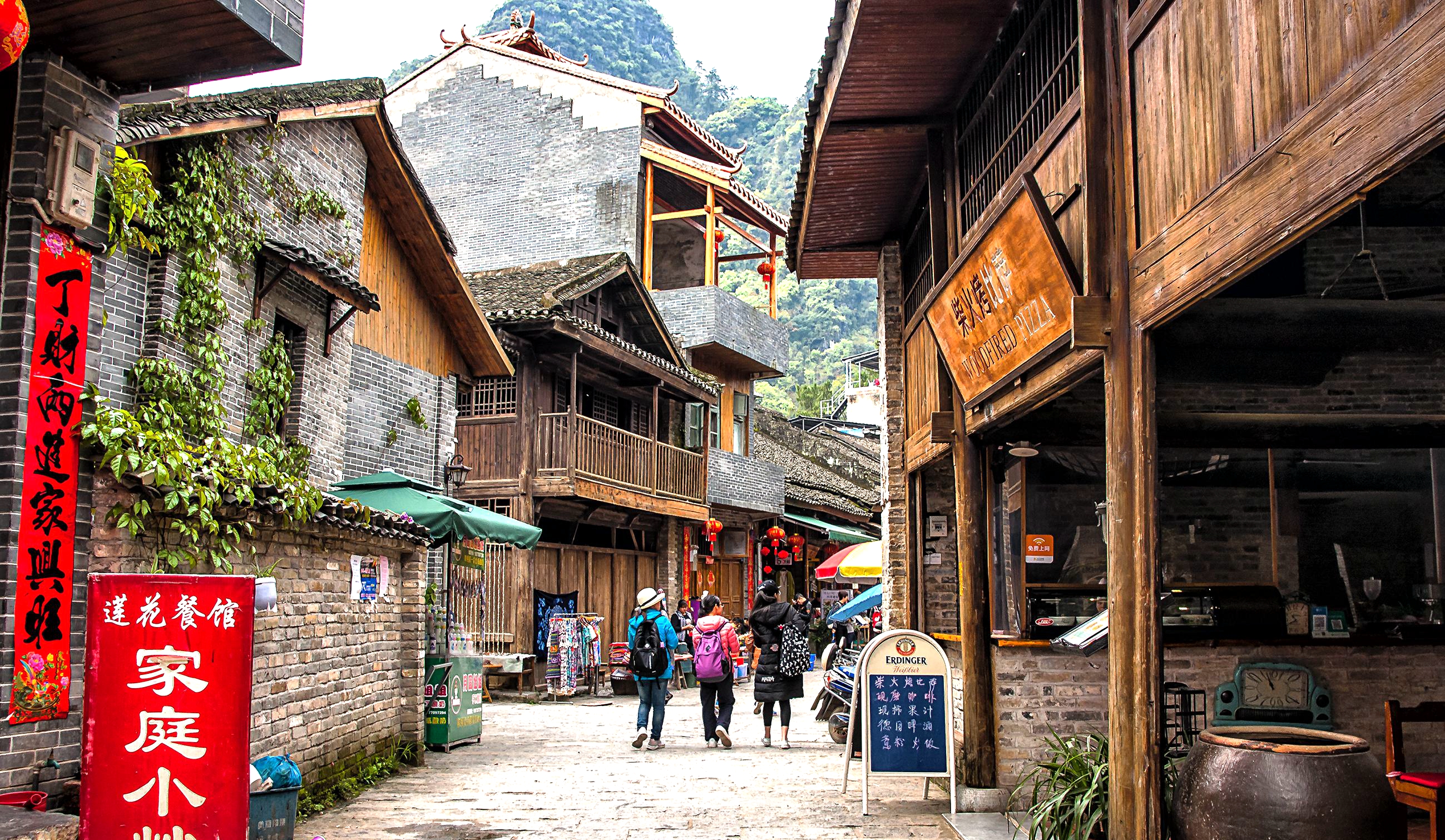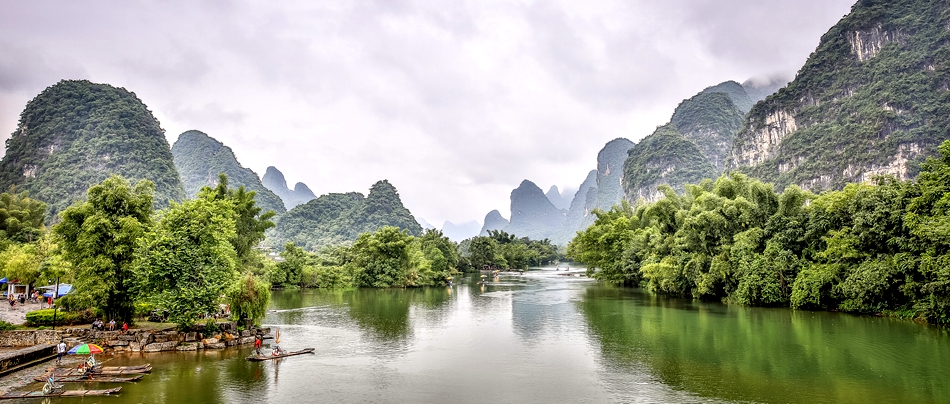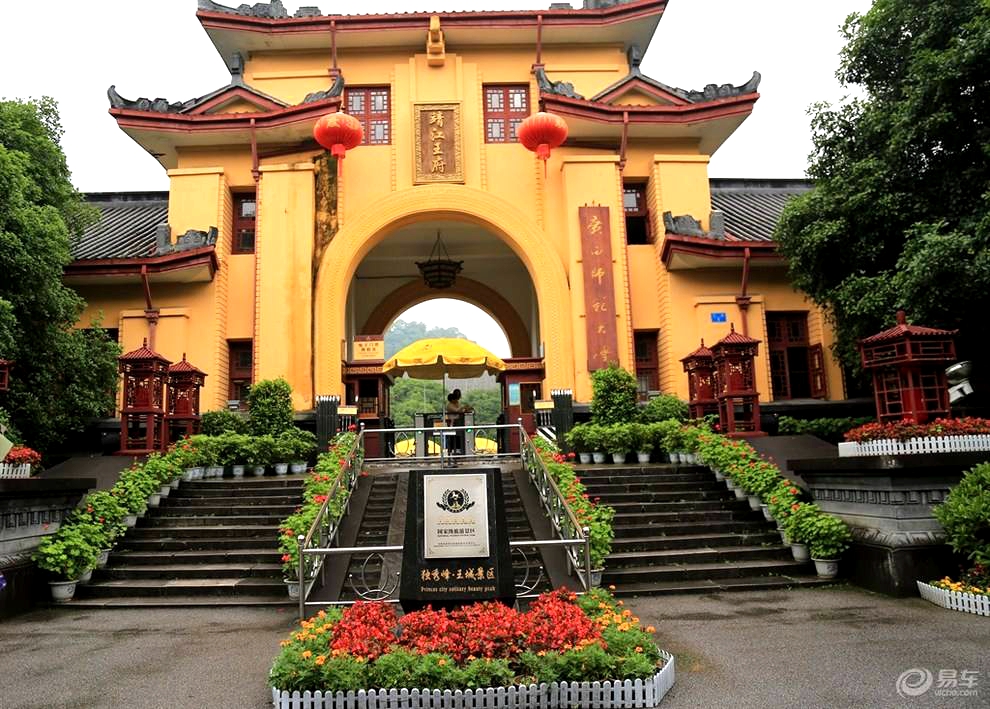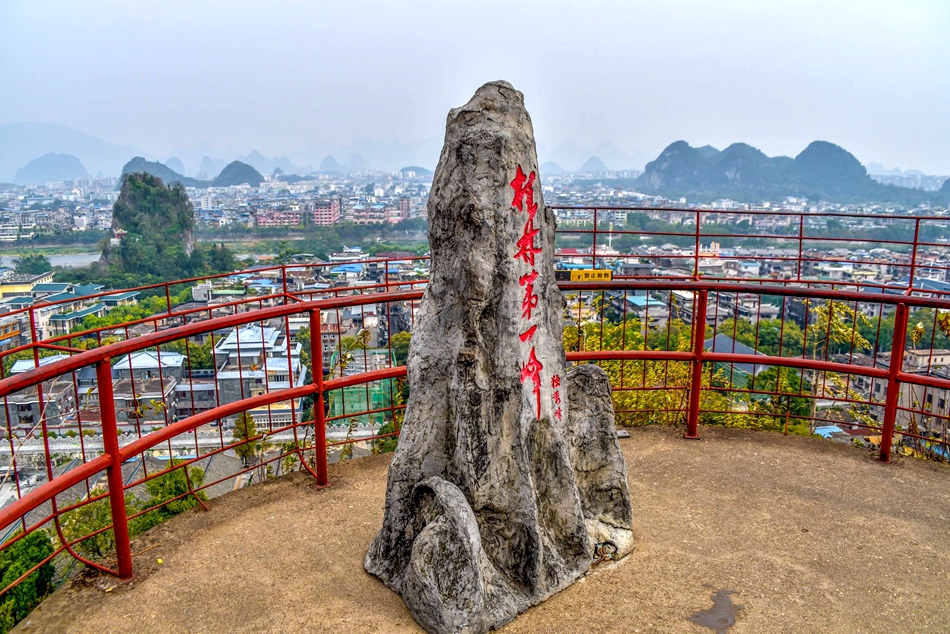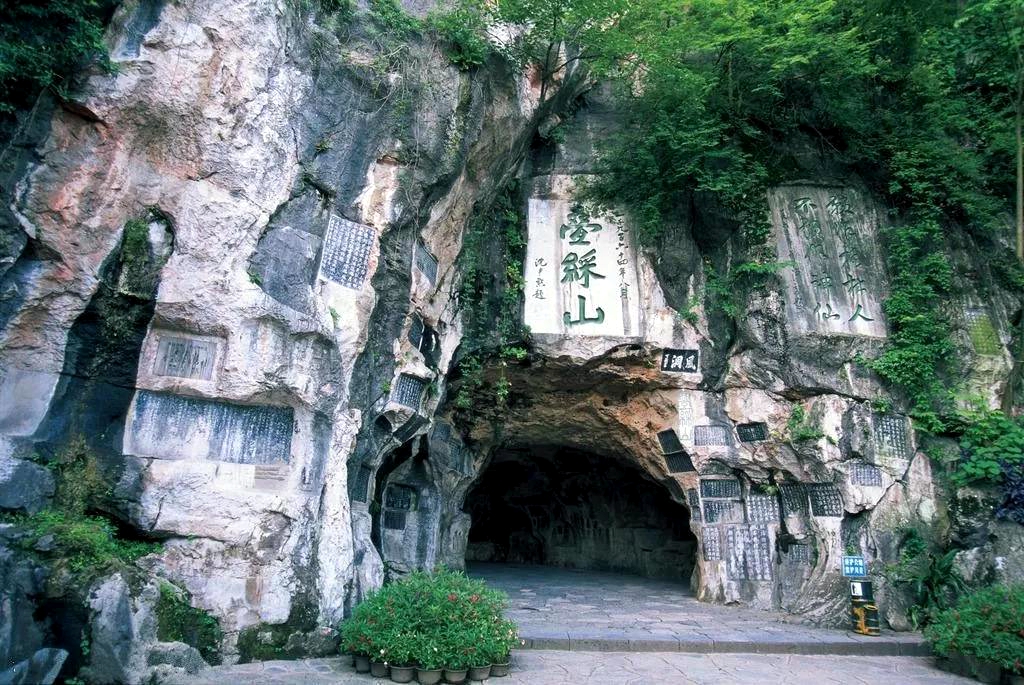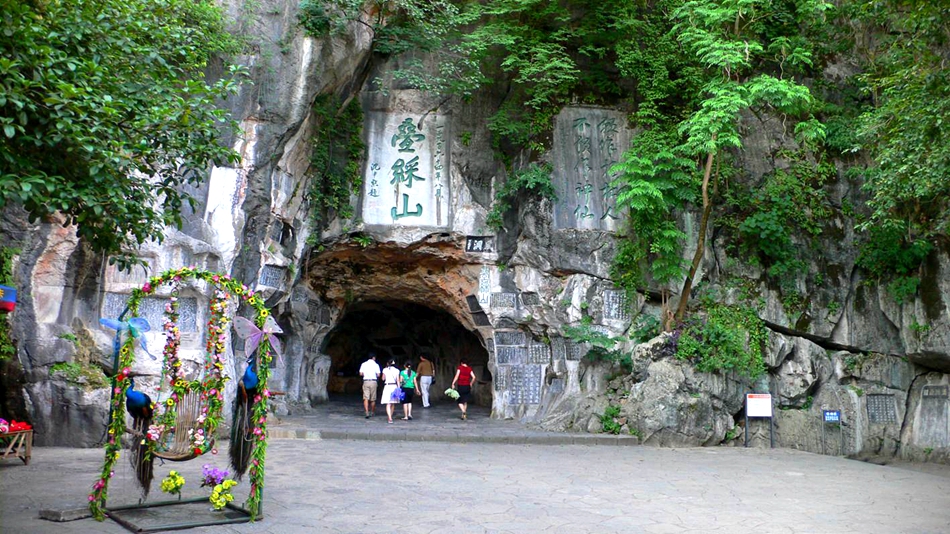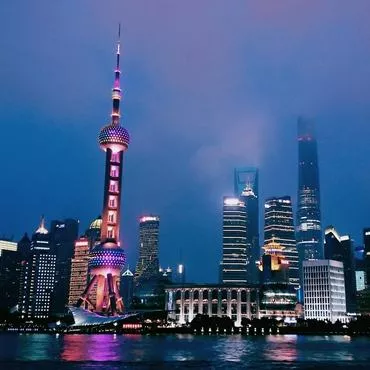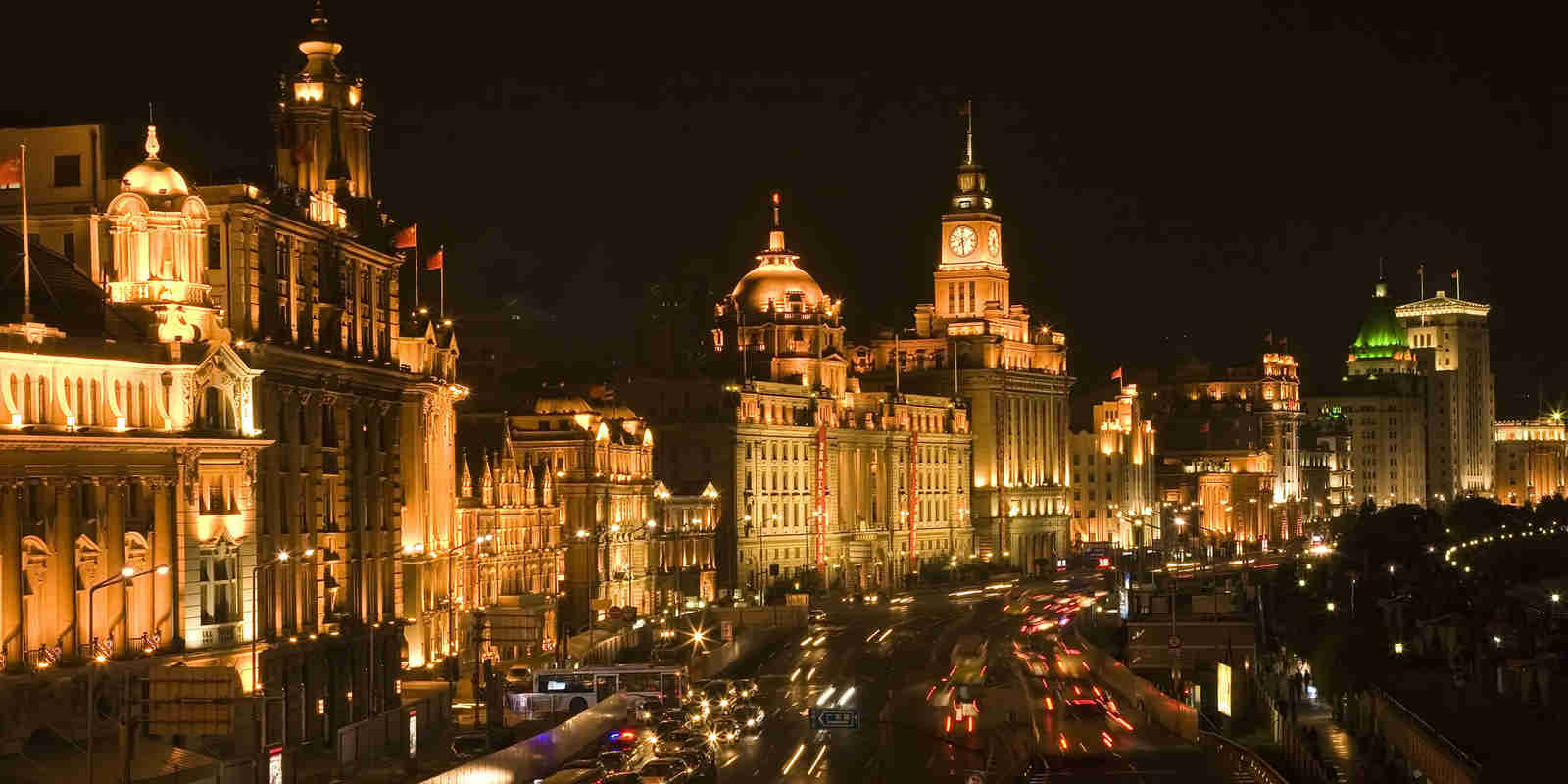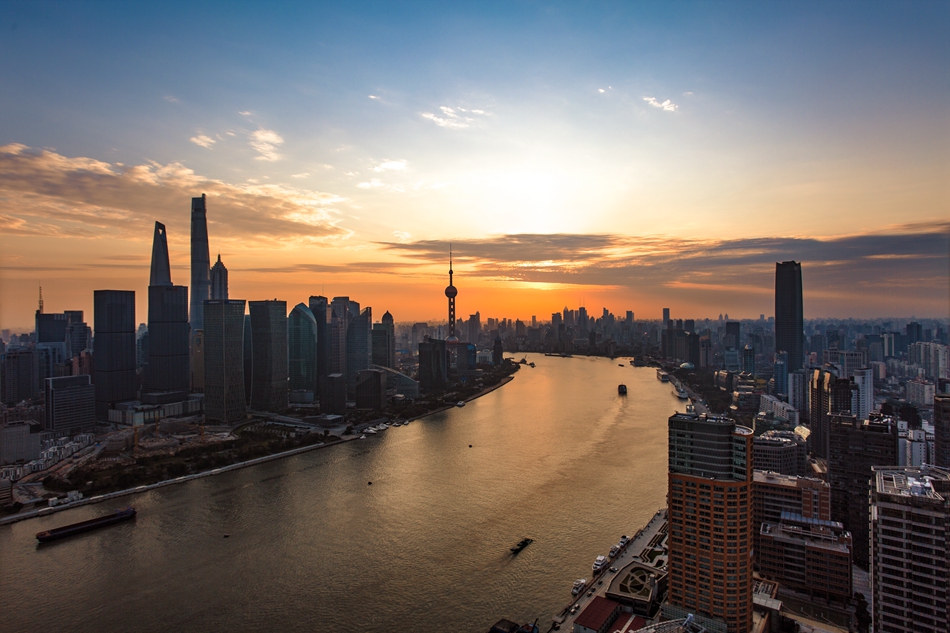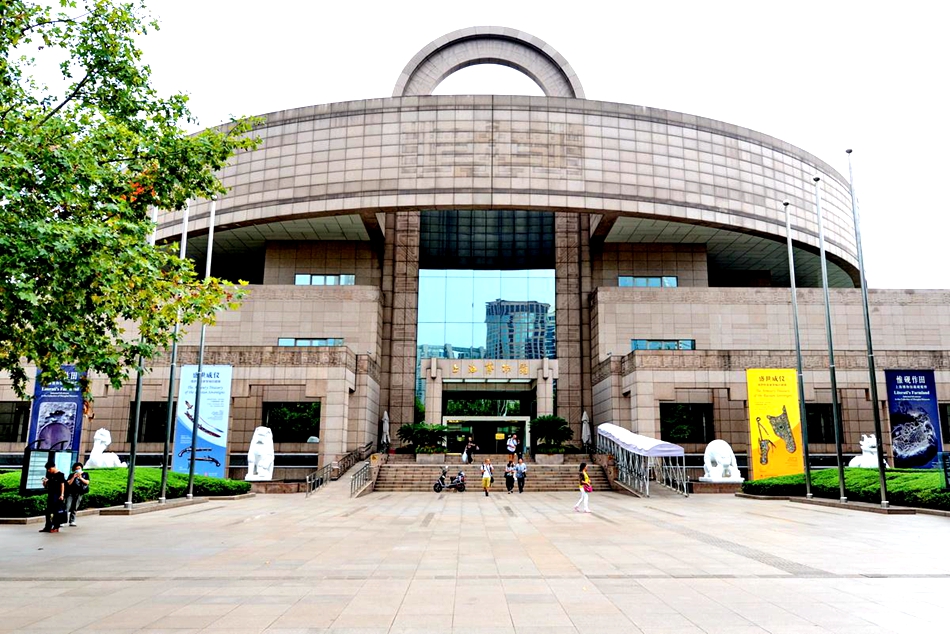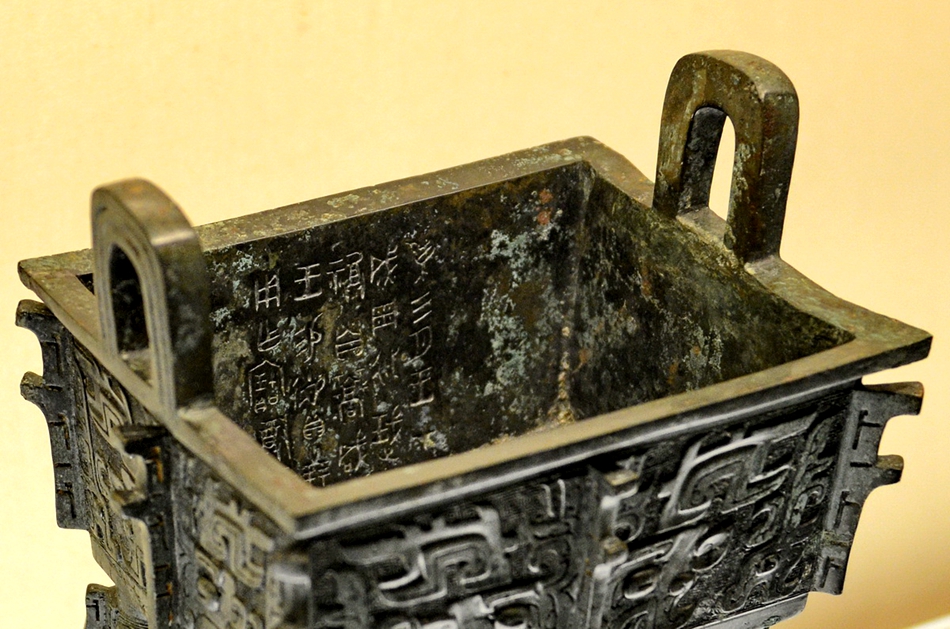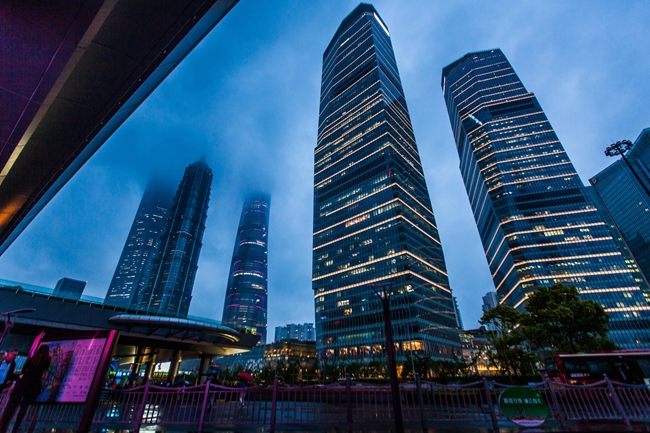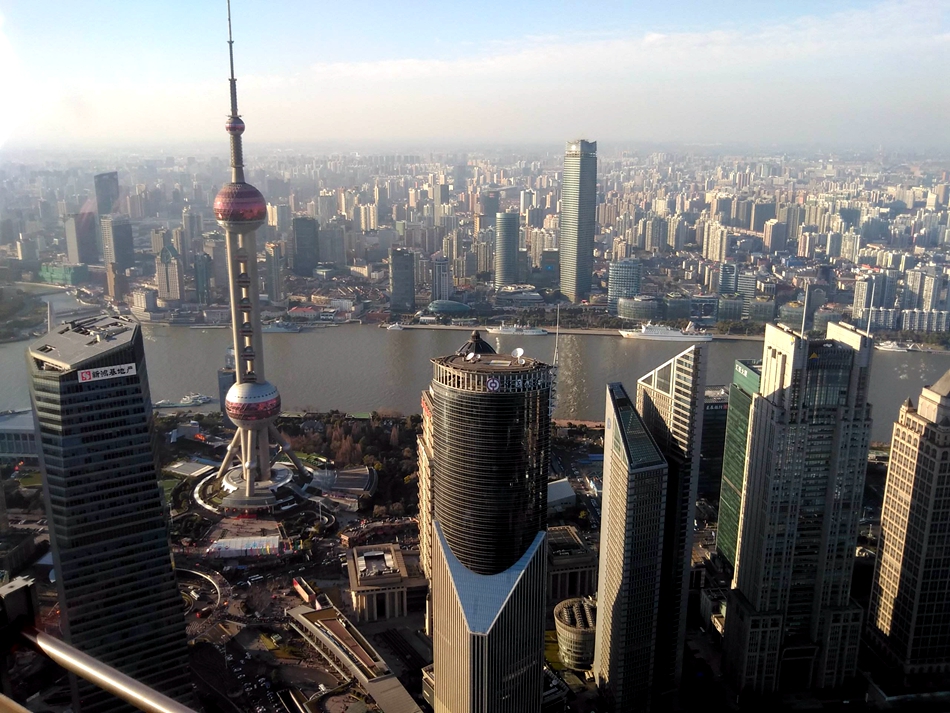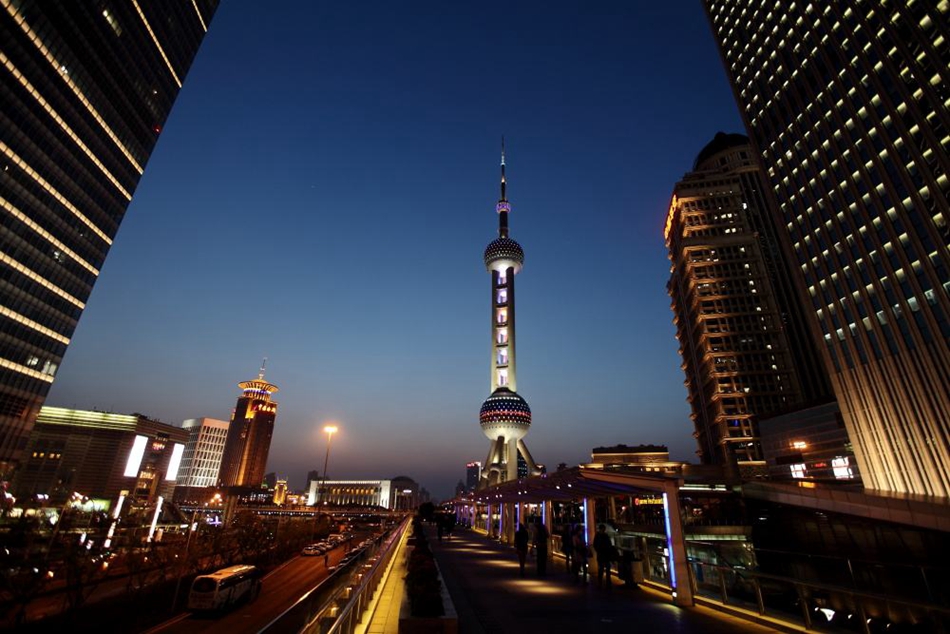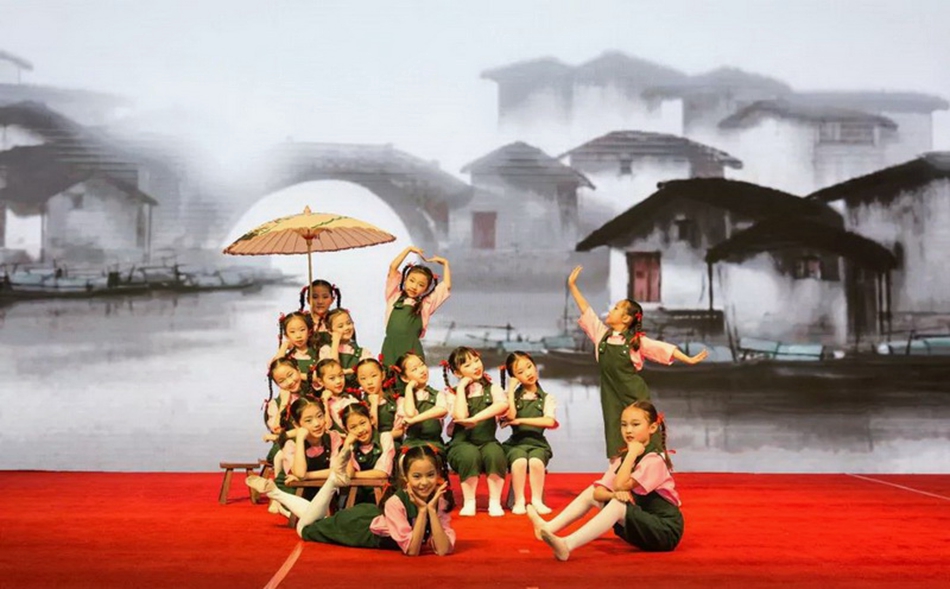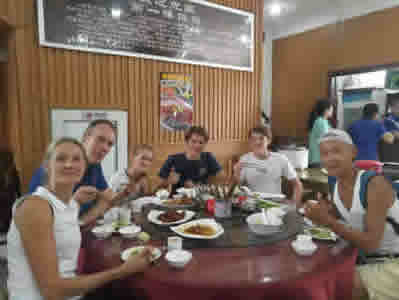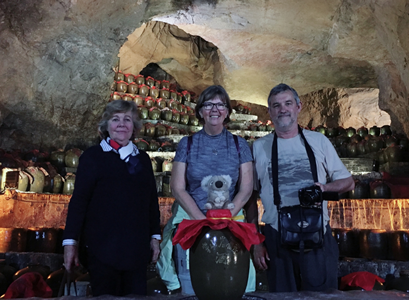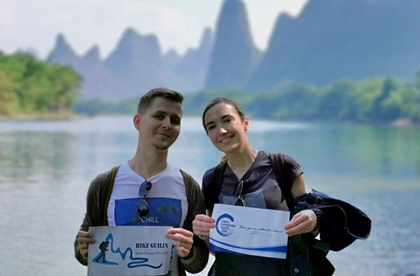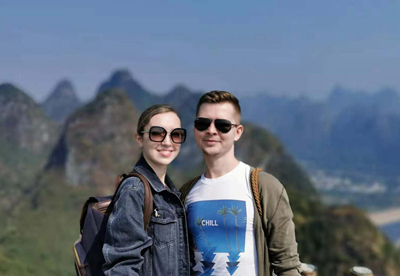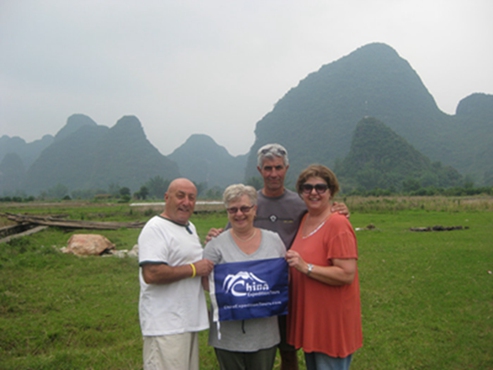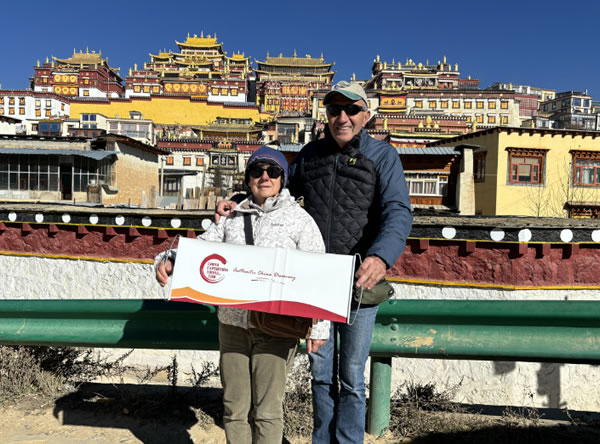Highlights
Features & Highlights:
- Most popular destinations
- Close encounter with Pandas
- Delicious food opportunities
- Various Chinese culture experience
- Children friendly activities and participations
This extraordinary family-friendly tour across China unfolds a mesmerizing holiday of experiences, spanning from the imperial grandeur of Beijing to the vibrant modernity of Shanghai. In Beijing, marvel at the historical treasures such as the Forbidden City and the Great Wall, seamlessly blending with the city's contemporary flair. Venture to Xi'an, where the Terracotta Army stands as a testament to ancient wonders. Chengdu, with its panda sanctuaries and Sichuan delicacies, offers an intimate encounter with China’s animal ambassadors and culinary delights. In Guilin, be enchanted by the surreal beauty of mist-covered karst landscapes and winding rivers. Concluding the journey in Shanghai, witness the dynamic fusion of tradition and modernity along the glittering skyline of this cosmopolitan hub. Across these most popular destinations, the tour ensures close encounters with pandas, tantalizing food experiences, and a rich immersion in various facets of Chinese culture. Specially designed for families, the itinerary promises a delightful blend of children-friendly activities, making it a truly unforgettable family adventure.
Itinerary
Get ready for a warm welcome to Beijing, your gateway to the wonders of China! Imagine stepping off the plane into a world of excitement, where our friendly guide will be like a wizard, ready to greet you with a big smile and a magical transfer to your cozy hotel. It's not just any arrival; it's the beginning of your fantastic adventure in China!
Stay overnight in Beijing.
Meals included:
We will firstly visit the [Temple of Heaven], where ancient emperors used to pray for the God's blessing for the whole nation. Then we visit the [Tian'anmen Square], the largest city square on this planet. Right after the square, we keep walking into the [Forbidden City], a colossal imperial palace with a whopping 600 years of history from the Ming and Qing dynasties. Later, we will have the chance to enjoy a [Chinese martial art show] named “Kungfu Legend” in the evening. This show is like a magical journey suitable for adventurers of all ages, promising tons of thrills and excitement that will have us all on the edge of our seats! Get ready to be wowed! (Note: If the martial art show is not available, we will arrange an acrobatic show instead.)
Stay overnight in Beijing.
Meals included: Breakfast , Lunch
Let's go on an awesome adventure to a super cool part of the famous [Mutianyu Great Wall] today! We're going to hop on a magical [cable car] that will whisk us up to the tippity-top of a hill. From there, we'll stroll along a tiny path to reach the Wall. Imagine climbing up this gigantic, human-made playground and checking out the breathtaking views all around – it's like being in a giant storybook! Guess what? After our visit, we get to zoom down the hill in a super fun [toboggan car]! It's like flying down to the bottom of the Wall. Woosh! It's going to be an adventure you won't forget!
Stay overnight in Beijing.
Meals included: Breakfast , Lunch
Get ready for a super-duper fun day, kiddos! First up, we're heading to the awesome [Beijing Zoo] in the morning to meet China's National Treasure – the adorable [Pandas]! Imagine fluffy pandas munching on bamboo – it's like hanging out with real-life teddy bears! And after we fill our tummies with a yummy lunch, get excited because we're off to the magical [Summer Palace]! This place has been a super fancy summer retreat from a long time ago. It's all about China's incredible talent in making things look absolutely spectacular. It's not just a park; it's like stepping into a fairy tale with the most gigantic classic Chinese garden ever! It's so large and full of exquisite and ornate items that it's even called "The Museum of Royal Gardens".
Stay overnight in Beijing.
Meals included: Breakfast , Lunch
Hey there, little explorers! Get ready for a super fun morning as we dive into the magical world of Old Beijing! We're not just taking any ride; hop on a special, super cool ride called a rickshaw for our [Hutong Tour]! It's like a magical carriage that takes us through the old-timey streets of Beijing, and guess what? No traffic jams! But that's not all the fun – we're going to try our hands at some traditional Beijing crafts and activities! Ever heard of Chinese Knots? We'll learn to make those! And how about making our own sugar-coated haws on a stick (Bing Tang Hu Lu)? Yum! Plus, get ready to be amazed by Cricket fighting – it's like a tiny, chirpy wrestling match! After all the fun, we'll have a cozy lunch in a local home. So, buckle up for a morning full of adventure before we catch a flight or high speed train to the next magical place, Xi'an!
Stay overnight in Xi'an.
Meals included: Breakfast , Lunch
Get ready for a mind-blowing adventure at the [Terracotta Warriors and Horses Museum]! It's like stepping into a time machine where we discover ancient pottery friends who have been hidden for centuries. These clay buddies are so special that people call them "the Eighth Wonder of the World" – can you believe it? The museum is just a giant battle formation, covering an area as big as an entire soccer field! Inside, there are three sections – Pit 1, 2 and 3 – all holding amazing treasures in the order they were found. Picture this: over 7,000 pottery soldiers, horses, chariots, and even weapons, all brought back to life after being hidden for more than 2000 years. It's like a clay army ready for an ancient adventure! After our epic time-traveling adventure, we'll head back to Xi'an, and you'll have some free time to explore the city. Get ready to uncover even more secrets and have a blast!
Stay overnight in Xi'an.
Meals included: Breakfast , Lunch
Get ready for a super chill morning as we stroll through the magical Muslim Quarter and check out the awesome [Great Mosque]. It's like stepping into a fairy tale filled with yummy smells and cool sights! But hold on, the adventure doesn't stop there – brace yourselves for a super fun [a cooking class]! We'll be like kitchen wizards, learning to cook the most amazing traditional Xi'an noodles. And guess what? After our noodle magic, it's time to munch on our delicious creations for lunch! In the afternoon, get ready to pedal your way through an exciting [a bike tour] on the tippity-top of the [Xi'an City Wall]. It's like riding on a magical flying carpet with the best view in town! Imagine being a bird soaring over the downtown area – it's going to be a ride to remember!
Stay overnight in Xi'an.
Meals included: Breakfast , Lunch
Our first stop today is the [Big Wild Goose Pagoda]. Imagine this towering pagoda is like a giant storybook, built way back in the year 652 by the super wise monk Xuanzang. It's not just any pagoda; it's like a superhero in China's Buddhism history – that's how awesome it is! But hold on to your hats because the excitement doesn't stop there. After our pagoda adventure, we're hopping on a super-fast, zooming high-speed train to Chengdu! It's like jumping onto a magical train that zips through the land at lightning speed.
Stay overnight in Chengdu.
Meals included: Breakfast , Lunch
In the morning, we set off to Leshan to meet the world's [biggest Buddha], carved right into a giant hillside! Imagine a super tall and wise friend, not standing or lying down, but sitting all cozy and huge – a whopping 71 meters tall! This incredible friend has been chilling there for over 1000 years, and guess what? It took almost 100 years to build – that's like a gazillion playtime sessions for us. We can check out this mega Buddha not just up close, but also hop on a boat to see it from afar. In the evening, get ready for some magical entertainment – we'll be amazed by an [Instant-changing the Facial Mask performance] during a super cool Sichuan Opera show. It's like watching characters magically change their faces right before our eyes – a show filled with surprises and giggles!
Stay overnight in Chengdu.
Meals included: Breakfast , Lunch
Stay overnight in Chengdu.
Meals included: Breakfast , Lunch
Hop on a magical sky ride from Chengdu to Guilin. When you land, a friendly ride will be there to scoop you up and whisk you away to the awesome city of Guilin. In the afternoon, get ready for an adventure like no other – we're off to the [Reed Flute Cave], a natural gallery full of nature's artwork, like icicles hanging from the ceiling (stalactites) and little rock mountains growing from the ground (stalagmites). It's like entering a secret world of wonder, where each corner is bursting with scenes that will make your eyes light up.
Stay overnight in Guilin.
Meals included: Breakfast , Lunch
Let's go for a fantastic day tour to the [Li River Craftsman Village] – a place where the magic of traditional crafts comes to life! Imagine wandering through old, cozy houses nestled by beautiful rivers and magical forests. In this enchanting village, you'll not only see but also experience incredible handcrafted wonders. It's like stepping into a storybook world where every corner is filled with the charm of creativity. On the way back to the city, we will visit [Daxu Ancient Town], where ancient streets, traditional architecture, and cultural treasures create timeless charm.
Stay overnight in Guilin.
Meals included: Breakfast , Lunch
Embark on the [Li River Cruise] for a magical day! Marvel at majestic karst peaks, bamboo-lined banks, and charming fishing rafts made of bamboo. After disembarking, enjoy a cozy walk or a short car ride to the hotel. In the evening, experience the ancient tradition of [cormorant fishing] on a short night cruise. It's a day full of enchanting wonders!
Stay overnight in Yangshuo.
Meals included: Breakfast , Lunch
Today, let’s enjoy a super fun [Biking Tour] in the countryside around Yangshuo! If the weather is as happy as we are, we'll also [Fly Kites] in the open fields, feeling the wind dance with our colorful companions. Later in the afternoon, let's dive into a magical [Cooking Class]! We'll uncover the secrets of crafting delicious southern China meals that are like tasty tales from a different culinary land, distinct from the flavors up north. Get your aprons and let the cooking adventure begin!
Stay overnight in Yangshuo.
Meals included: Breakfast , Lunch
Get ready for a morning filled with magic as we dive into a [Traditional Chinese Painting class]! Unleash your creativity and let your imagination soar like a playful dragon in the sky. Afterward, we're off to explore [a local primary school], where laughter and learning dance together like joyful friends. (If the primary school is not available that day, we’ll arrange another place, such as a training center, an art club, etc. instead.) In the afternoon, our adventure takes flight as we hop on a transfer to Guilin airport. Get ready to soar through the clouds like a happy bird as we head to the dazzling city of Shanghai!
Stay overnight in Shanghai.
Meals included: Breakfast , Lunch
We'll start today's tour by exploring the [Outer Bund], a spot where you can gaze at the city's modern skylines, like a giant puzzle of futuristic buildings. Next, step into the enchanting [Yuyuan Garden], a magical private garden that's like a fairy-tale world filled with hidden wonders. Our journey continues to the [Shanghai Center], the tallest building in all of China! Feel like you're touching the sky as we experience the marvels of modern Shanghai. And guess what? In the evening, get ready for a mind-blowing [Chinese acrobatic show] that's so incredible, even the grown-ups will be amazed. It's going to be a night filled with wonder and excitement that the kids will absolutely love!
Stay overnight in Shanghai.
Meals included: Breakfast , Lunch
Hey there, little adventurer! Your morning is like a blank canvas waiting for your colorful imagination to paint on it! After all the magical moments on your family tour with China Expedition Tours, it's time for the homewards flight. So, enjoy your morning freedom before you hop on the airplane and bring all the funs back home with you!
Meals included: Breakfast , Lunch
Pricing & Accommodation
-
 US Dollar
US Dollar -
 Euro
Euro -
 GB Pound
GB Pound -
 CA Dollar
CA Dollar -
 AU Dollar
AU Dollar -
 HK Dollars
HK Dollars -
 Renminbi
Renminbi
Rates:
| 2-5 persons | 6-9 persons | ≥10 persons | Single Room Supplement | |
| First Class Tour | $5900 | $5100 | $4400 | $1200 |
| Comfortable Tour | $5100 | $4500 | $3800 | $900 |
| Standard Tour | $4300 | $3900 | $3500 | $600 |
Rates for Child:
| Age | 2-5 yrs | 6-11 yrs | ≥12 yrs |
| Rates | Adult rate*60% | Adult rate*80% | Adult rate*100% |
| Hotel bed occupancy | No independent hotel bed occupancy | Extra bed can be offered in parents’ room upon request | Independent hotel bed occupancy is suggested |
Remarks:
* The minimum age to participate is 2 years old.
* Group size does not count the children (aged 2-11).
* The age definition of adult is 12 years old and above.
* The prices listed above are in US dollars, per person, based on the double or twin occupancy.
* The differences between First Class, Comfortable and Standard are mainly reflected in the hotels we use. For First Class Tour, we use mostly 5-star hotels (or hotels corresponded to 5-star ones), 4-star hotels for Comfortable Tour and 3-star hotels for Standard Tour. But there’re exceptions when there come home stay experience, remote destinations and other specified circumstances in the itinerary.
Inclusions / Exclusions
Inclusions:
- Domestic flights in China: Beijing – Xi’an, Guilin – Shanghai
(Instead of a flight, we possibly arrange a high-speed train ride from Beijing to Xi’an to make the usage of time more logical and efficient.) - High-speed train from Xi’an to Chengdu
- Admission fees: to scenic spots as specified in the itinerary
- Meals: meals as specified in the itinerary
- Local guides: experienced private English-speaking guide in each city
- Transfers: safe and comfortable vehicles with drivers as specified
- Accommodations: hotels based on double/twin occupancy unless requested
- Government taxes & fees
Exclusions:
- China visa fees
- Excess Baggage Charges
- Gratuities to guides & drivers
- Expense of personal nature
- Although our tours include Travel Insurance, we still suggest you purchase your own Travel Insurance in your country before your trip to against any unforeseen circumstance
Important Information
How to Pack up
We suggest that each person packs up one rollable suitcase with the weight under 20 kg/44lb. You will also need a day pack/bag to carry water, cameras and other electronics like iPods and mobile phones. You don't need bring your kites far away from home. We do that!
Checklist
It's only for reference and you may not need all of them. Choose from below according to the tour you pick up:
Passport (with photocopies)
Travel insurance (with photocopies)
Airline tickets/e-tickets
USD cash and travelers checks
Credit or debit card (see personal spending money)
ChinaExpeditionTours vouchers and trip dossier
Any entry visas or vaccination certificates required
Day pack for daily personal items
Wet wipes / Moist towelettes
Alarm clock(on your cellphone)
Flashlight(on your cellphone)
Sun hat, Sun block, Sunglasses
Insect Repellent
Water bottle and plastic mug for train journeys
Ear plugs for train journeys or light sleepers
Small towel and swim wear
Toiletries (biodegradable)
Sturdy walking shoes/Sport sandals (for warm seasons)
Money belt
Shorts for summer months (June – September)
Long pants
Shirts/T-shirts
Warm clothes for Nov-Mar. Fleece, Jacket, hat and gloves
Umbrella or waterproof jacket.
Cover for backpack or plastic bags to keep clothes dry.
Camera with capable enough memory card
Reading/writing material
Binoculars
First-aid kit (should contain lip salve, Aspirin, Band Aids, anti-histamine, Imodium or similar tablets for mild cases of diarrhea, re-hydration powder, extra prescription drugs you may be taking).
Local Dress
In China, the dress code generally tends to be more conservative compared to Western countries. While cultural norms evolve rapidly, contemporary Chinese youth often share similar interests with their Western counterparts. When packing, opt for loose, lightweight, and long clothing to ensure comfort in the typically hot and humid summer climate. In regions predominantly influenced by Buddhism and Islam, we emphasize the importance of dressing respectfully. It is advised to avoid very short shorts/skirts and singlets/tank tops when visiting temples, mosques, or other holy sites.
Spending Money
Every traveler is different and therefore spending money requirements will vary. Some travelers may drink more than others while other travelers like to purchase more souvenirs than most. Please consider your own spending habits when it comes to allowing for drinks, shopping and tipping. Please also remember the following specific recommendations when planning your trip.
Payment during Your Trip
First of all, we recommend the use of cash in USD currency. There are many ATM machines that accept both Visa and MasterCard and other credit cards in most Chinese cities. Major credit cards are accepted in shopping malls and big shops but mostly they may charge a 2-4% transaction fee. For small shops and street venders, traditionally they take cash (either Chinese Yuan or US dollar) only. But nowadays, for almost all merchants/sellers, including shopping malls, big shops, small grocery stores and street venders, they all accept WeChat Pay or Ali Pay. Learn more about how to use Mobile Payment in China.
Meals (dining with kids)
Culinary exploration plays a significant role in your travel experience in China. With China Expedition Tours, you have the opportunity to savor a diverse range of exquisite cuisine available worldwide. Typically, breakfasts and lunches are included in the itinerary, while dinners are left optional to provide flexibility in choosing where, what, and with whom to dine. Throughout your journey, your group leader or local guide will offer recommendations for favored restaurants, enhancing your dining experience.
Given the distinct dietary requirements of children compared to adults, we place significant emphasis on the offerings provided by the selected restaurants. Our approach is focused on achieving a harmonious balance between meeting the preferences of children and ensuring that the food choices align with both health considerations and the distinctive features offered by the restaurants. Thus far, our efforts have been successful in achieving a thoughtful equilibrium in catering to the diverse needs of children while incorporating wholesome and distinctive menu options provided by the selected restaurants.
Emergency Fund
It is imperative to ensure access to a supplementary fund of at least USD 200 (or equivalent) as an "emergency" reserve. This reserve is intended to be utilized in situations beyond our control that may necessitate alterations to our planned route. It is important to emphasize that such occurrences are infrequent.
Tipping
It is customary to tip service providers in travel industry in Asia, at approximately 10%, depending on the service. Tipping is expected - though not compulsory - and shows an expression of satisfaction with the people who have assisted you on your tour. Although it may not be customary to you, it is of considerable significance to the people who will take care of you during your travels. Recommendations for tipping local guides would range from $3-$5 USD per person per day depending on the quality and length of the service, for driver, it could be half. If necessary, ask your tour leader or your China Expedition Tours tour consultant for specific recommendations based on the circumstances. If you have a tour leader for the whole tour, at the end of the trip if you felt he/she did an outstanding job, tipping is appreciated. The amount is entirely a personal preference, however as a guideline $3-5 USD per person, per day is suggested.
Local Flights
All internal flights are included in the quote of your tour unless otherwise noted. It is important that we have your passport information at the time of booking in order to process these tickets. Internal flight tickets are all e-tickets. They are issued locally and you will be given the information of them prior to the flight departure.
Laundry
Generally laundry facilities are offered by our hotels for a charge. You also can go to a laundry service center near your hotel to have your clothing washed at a lower cost. There will be opportunities when you may want to or have to do your own laundry, so we suggest you bring non-polluting/biodegradable soap.
Safety and Security
We strongly recommend the use of a neck wallet or money belt while travelling, for the safe keeping of your passport, cash and other valuable items. Many of the hotels we cooperate with have safety deposit boxes which are the most secure way of storing your valuables. Lockable luggage is recommended.
Many national governments provide a regularly updated advice service on safety issues involved with international travel. We recommend that you check your government's advice for their latest travel information before departure. When travelling on a trip, please note that your group leader or local guides has the authority to amend or cancel any part of the trip itinerary if it is deemed necessary due to safety concerns. Your leader or local guides will accompany you on all included activities. During your trip you will have some free time to pursue your own interests, relax and take it easy or explore at your leisure. While your group leader or local guides will assist you with options available in a given location please note that any optional activities you undertake are not part of your itinerary, and we offer no representations about the safety of the activity or the standard of the operators running them. Please use your own good judgment when selecting an activity in your free time.
Health
You are suggested to consult your doctor for up-to-date medical travel information well before departure. We recommend that you carry a First Aid kit as well as any personal medical requirements. Please be aware that sometimes we are in remote areas and away from medical facilities, and for legal reasons our leaders or local guides are prohibited from administering any type of medicine including headache tablets, antibiotics, etc. In China pharmacies tend to stock the same western medicines as you get at home but they are usually produced locally so please bring the full medicine name with you when trying to purchase a prescription medicine. When selecting a tour please carefully read the itinerary and assess your ability to cope with our style of travel. Please refer to the Physical and Culture Shock ratings in the itinerary. For travelers over 70 years a completed Medical Form is required. China Expedition Tours reserves the right to exclude any traveler from all or part of a trip without refund if in the reasonable opinion of our group leader or local guides they are unable to complete the itinerary without undue risk to themselves and/or the rest of the group.
Medical Form
It is very important you are aware that, as a minimum, an "average level of fitness and mobility" is required to undertake our easiest programs. Travelers must be able to walk without the aid of another person, climb 3-4 flights of stairs, step on and off small boats, and carry their own bags at a minimum. Travelers over the age of 70, or travelers with a pre-existing medical condition, are required to complete a short medical questionnaire, which must be signed by their doctor. This is to ensure that senior travelers have the necessary fitness and mobility to comfortably complete their chosen trip. While our leaders or local guides work hard to ensure that all our travelers are catered for equally, it is not their responsibility to help individuals who cannot complete the day's activities unaided.
Travel Insurance
Our tour package includes Travel Insurance we buy from our insurance company/agent in China. Although, we still highly suggest that you purchase your own Travel Insurance from your insurance company/agent in your country before your trip.
Passport & Visas
Well before travelling, please ensure that you have a current passport, with an accurate photo, that is valid for at least six months after your scheduled return home. Also check that your air tickets are in exactly the same name as your passport.
Please note that visas for China and Hong Kong are the responsibility of the individual traveler. The visa requirements for your trip vary depending on where you are from and where you are going. Americans, British, Canadians, Australians and New Zealanders do currently require a visa for China. For all other nationalities please reconfirm your visa requirements with your government. For the most up to date information please check your governments' foreign ministry website. It is important that you check for yourself. For most travelers there will probably have an embassy and consulate in the country that you live in. Please note if you are travelling from China, into Hong Kong then back into China, you will need a double entry Chinese visa. Note that on some occasions people transiting through China on way to Hong Kong have been made to go through immigration and had their single entry visa stamped making this invalid. Do not allow your visa to be stamped if you are only going through transit.
Keeping in Touch
Internet access is everywhere now in China, even in a small village. So, with your smartphone, iPad or laptop, you can get connected with your family and friends easily. So far, some social media such as Facebook, Instagram, X, WhatsApp, etc. are not available in mainland China. However, there’s something called VPN. We highly recommend you to get a VPN on your smartphone before your China trip, so that you will get the full accessibility of those social medias during your China trip.Learn more about the VPN usage here.
WhatsApp and WeChat are both very convenient for live contact. We strongly recommend you to add our Customer Care’s WhatsApp and WeChat (86 139 7836 9041 or 86 189 7869 1566), so that you and us are able to contact each other anytime necessary.
Feedback
After your trip with us, we want to hear from you! Your feedback information is so important and valuable to us and we'll record it and give you CET travel points so you can use the points to get discount for your next CET trip or your friends' CET tours. Therefore, we appreciate your understanding of our “China Expedition Tours Evaluation Questionnaire” at every destination, and our email to you for overall feedback after your trip.

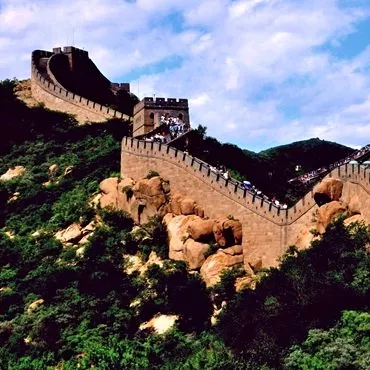

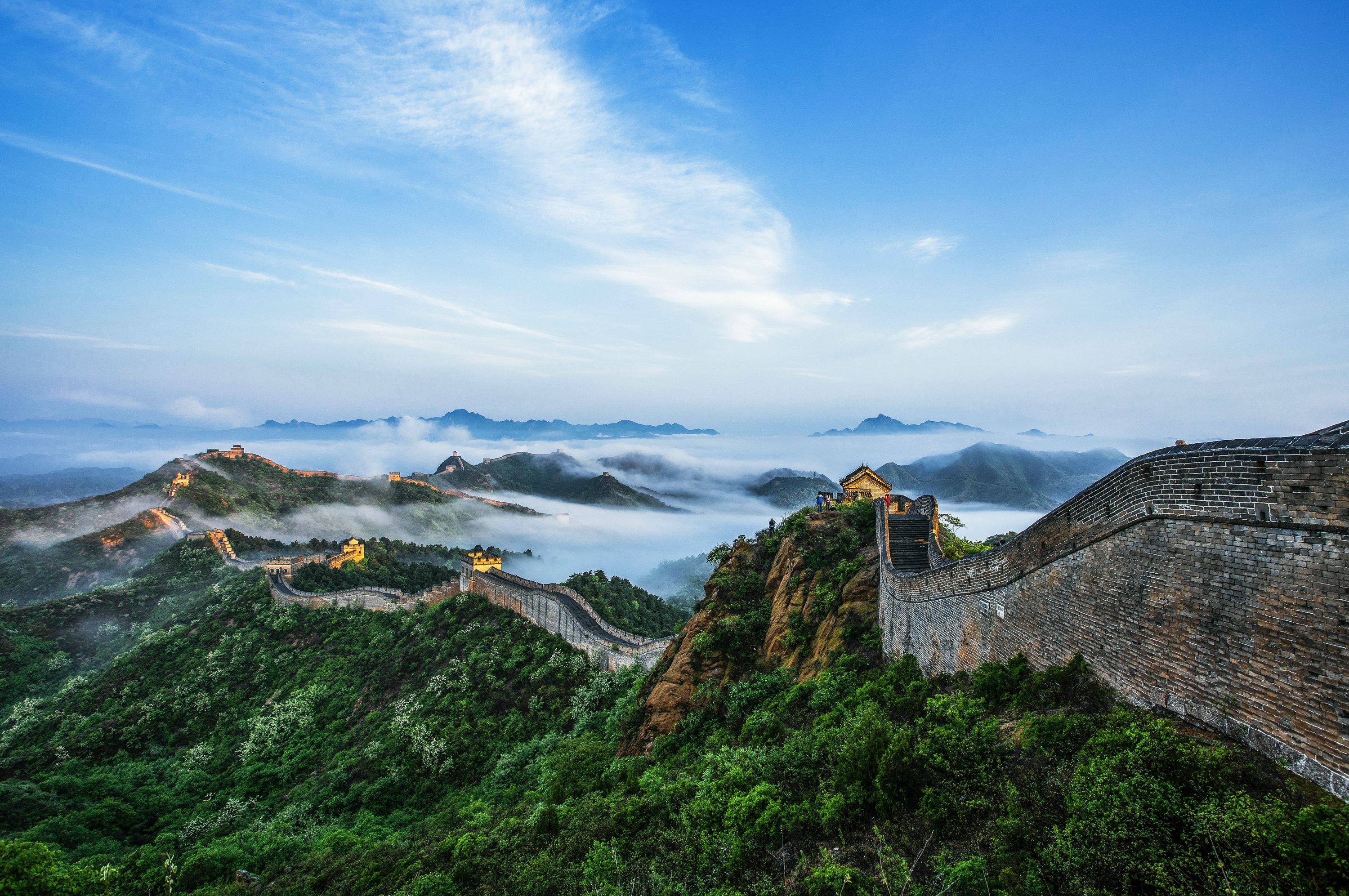
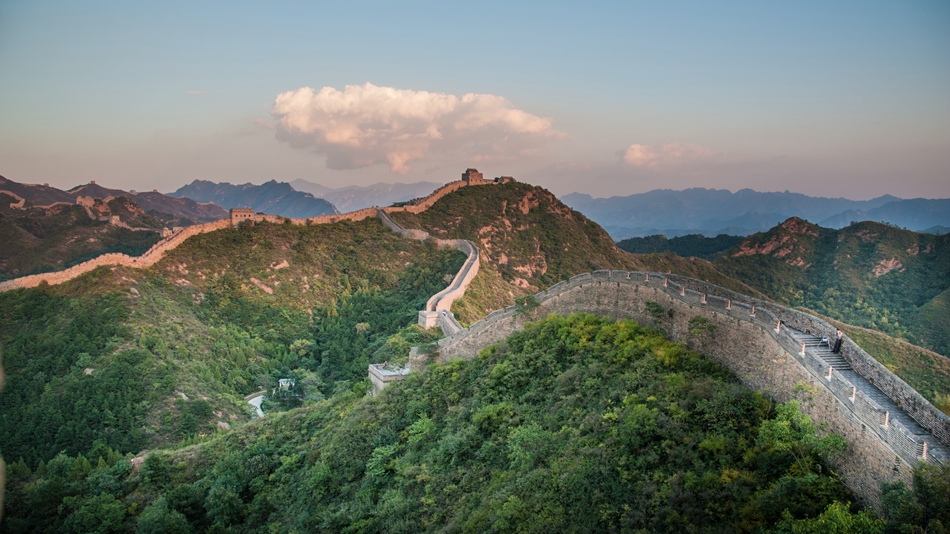
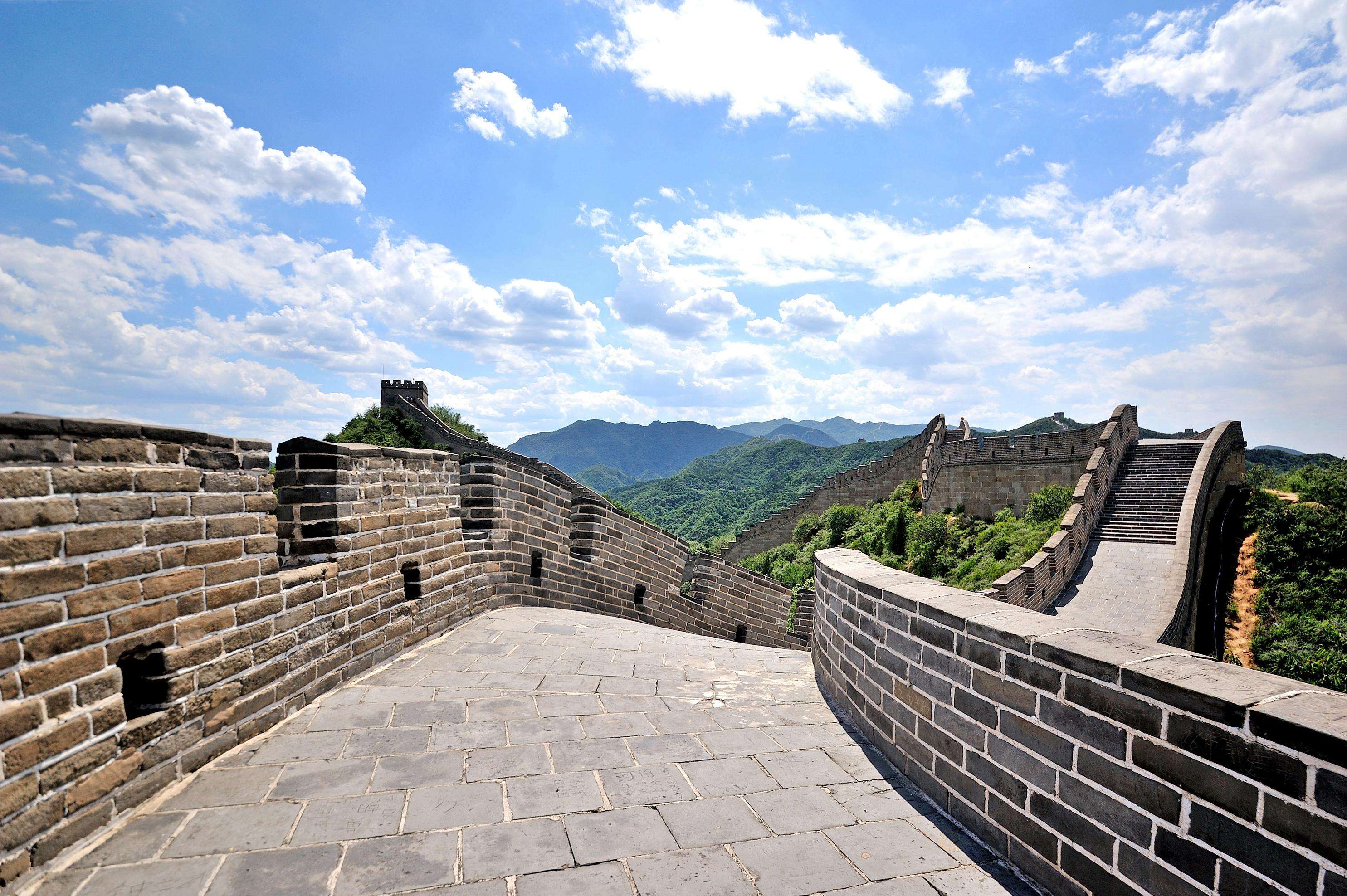
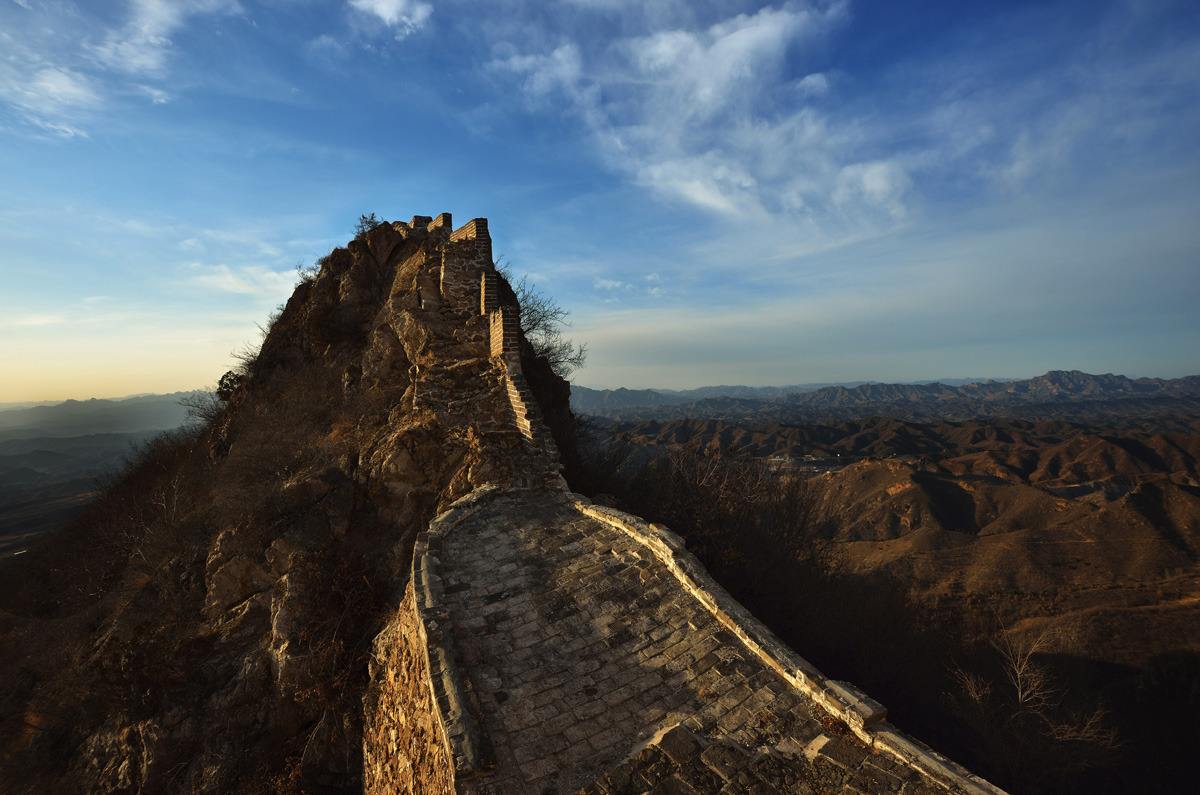
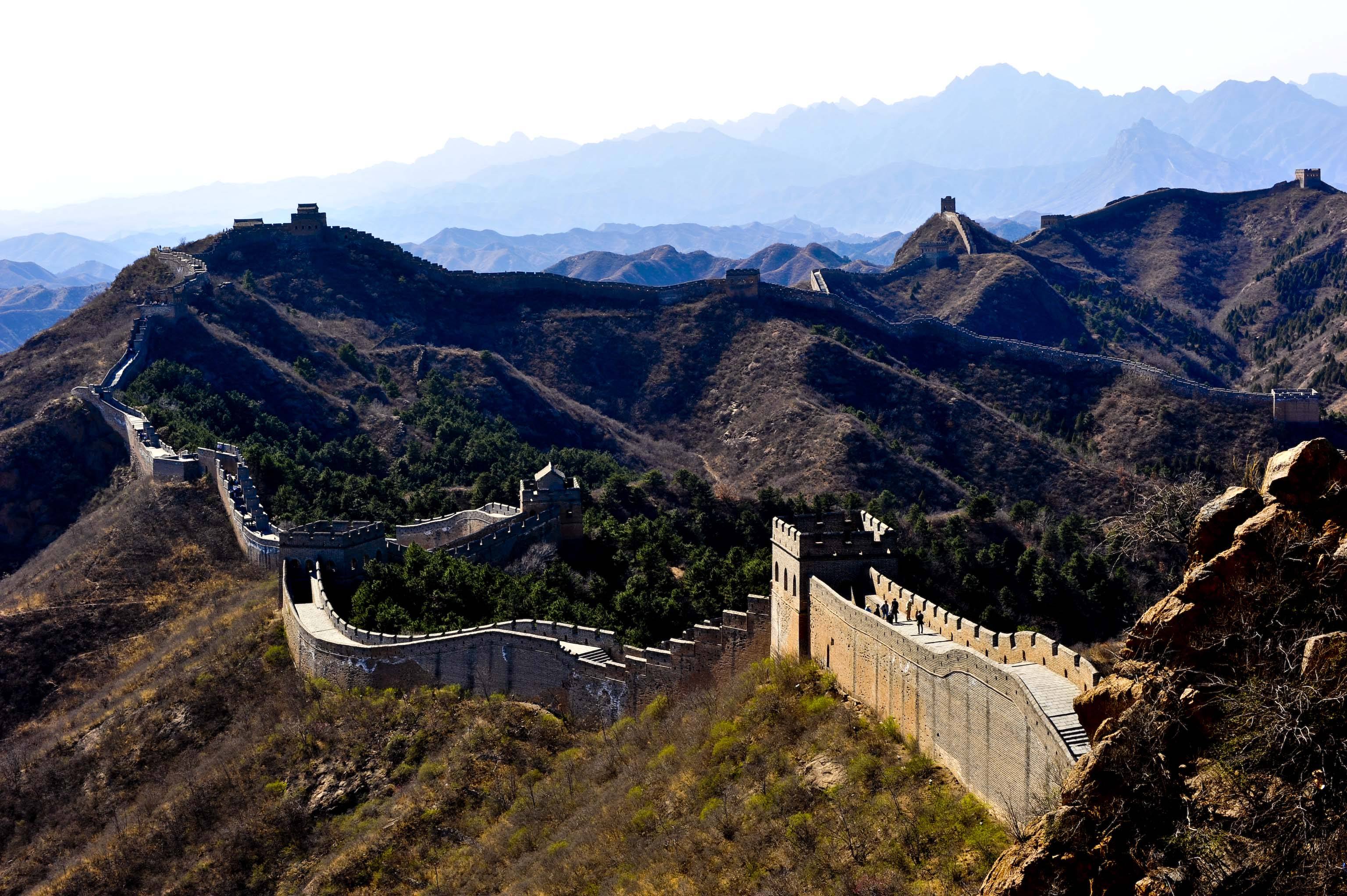
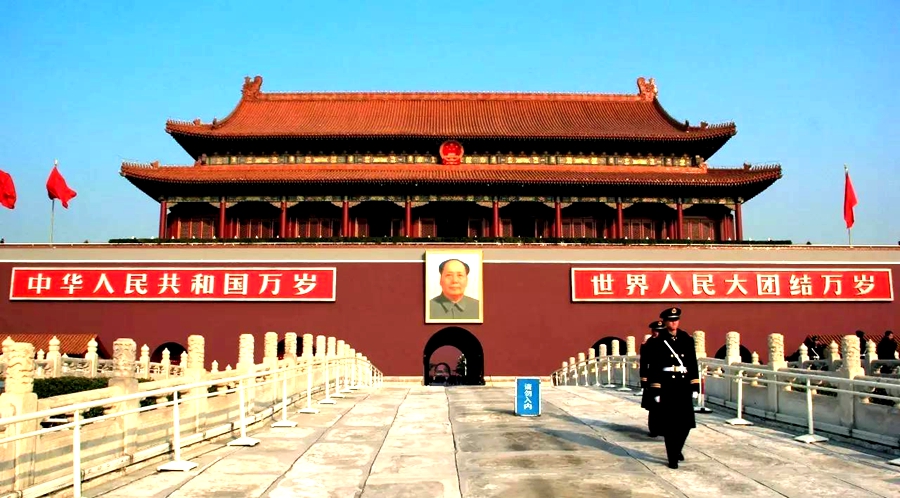
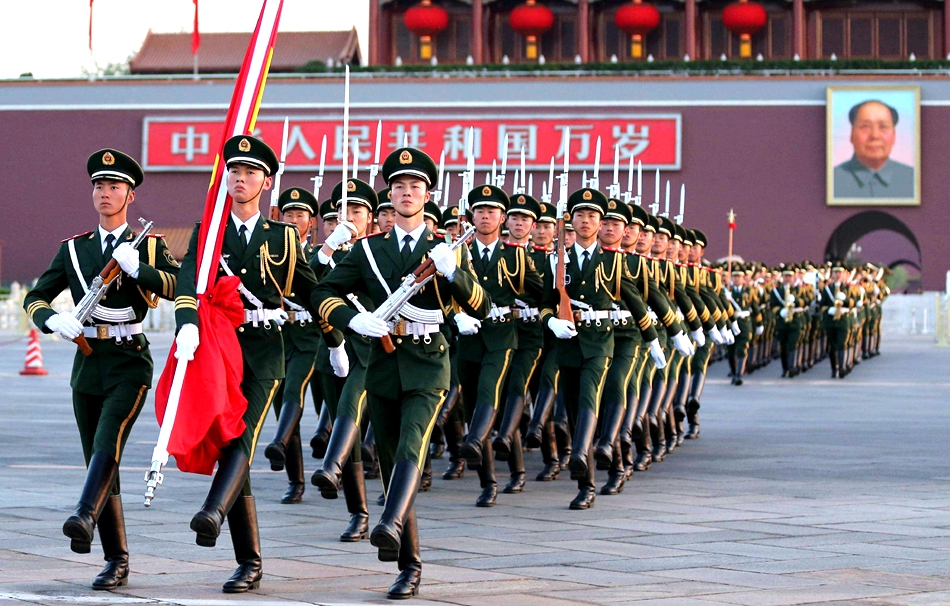
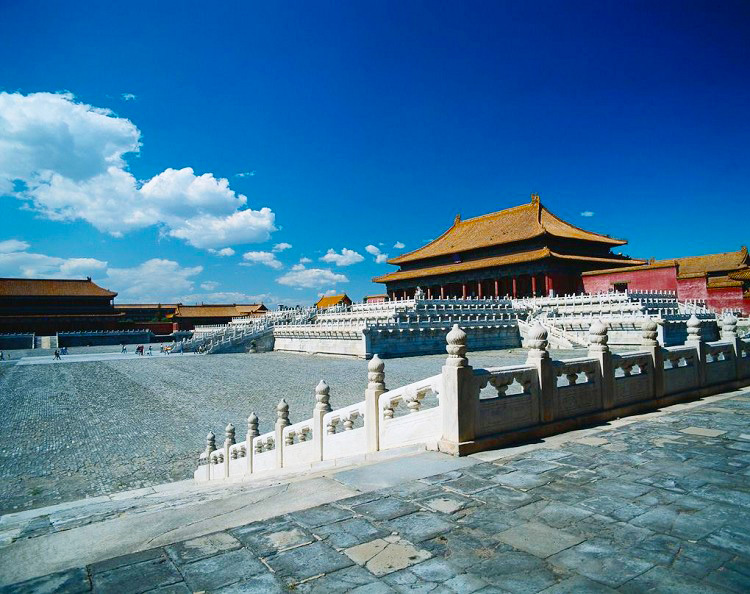
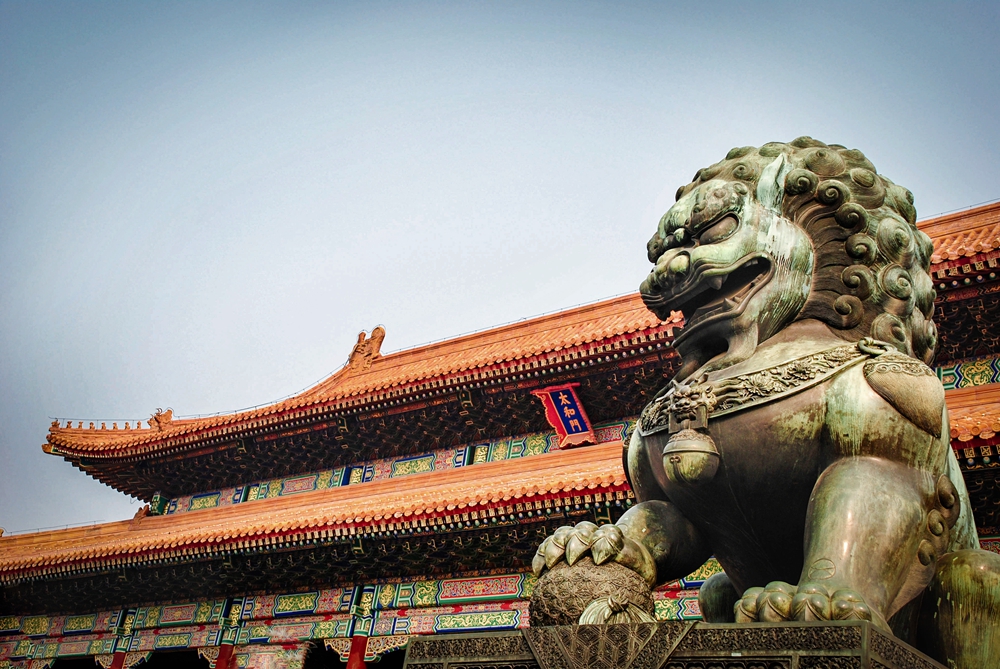 The Construction of the magnificent palace started in 1406, and ended in 1420. It took 14 years to complete the project. One year after completion, Emperor Yongle moved his capital from Nanjing to Beijing. Since then, 24 emperors have lived at the Forbidden City, 14 during the Ming Dynasty and 10 during the Qing Dynasty.
The Construction of the magnificent palace started in 1406, and ended in 1420. It took 14 years to complete the project. One year after completion, Emperor Yongle moved his capital from Nanjing to Beijing. Since then, 24 emperors have lived at the Forbidden City, 14 during the Ming Dynasty and 10 during the Qing Dynasty.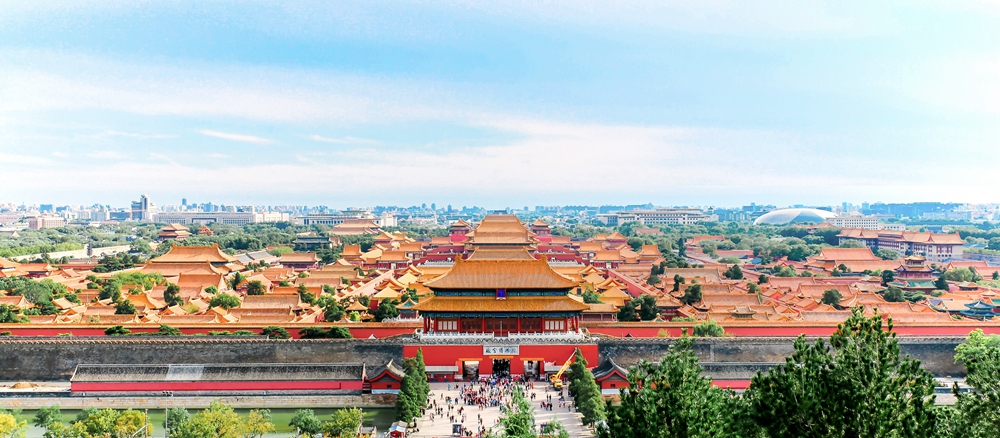
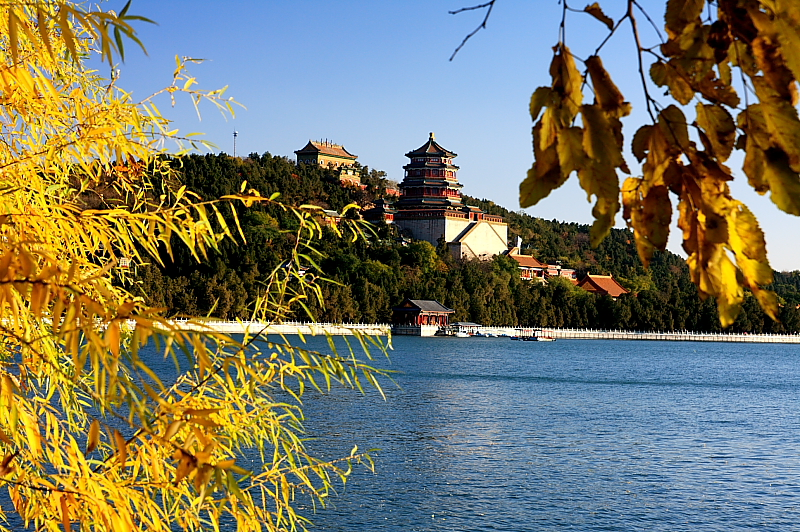

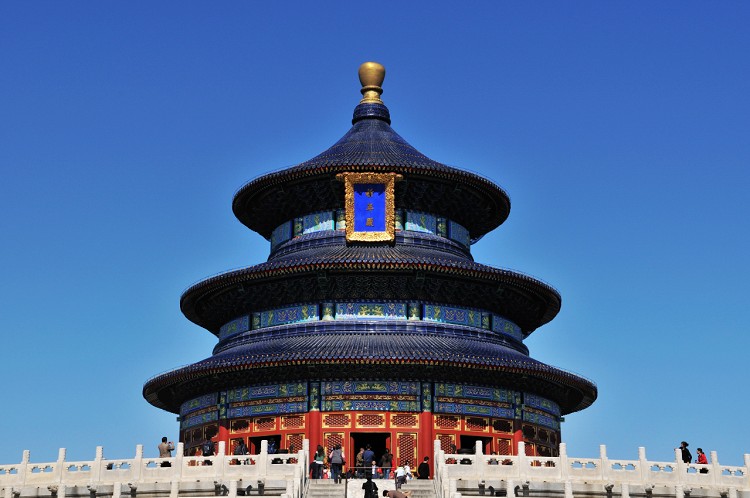
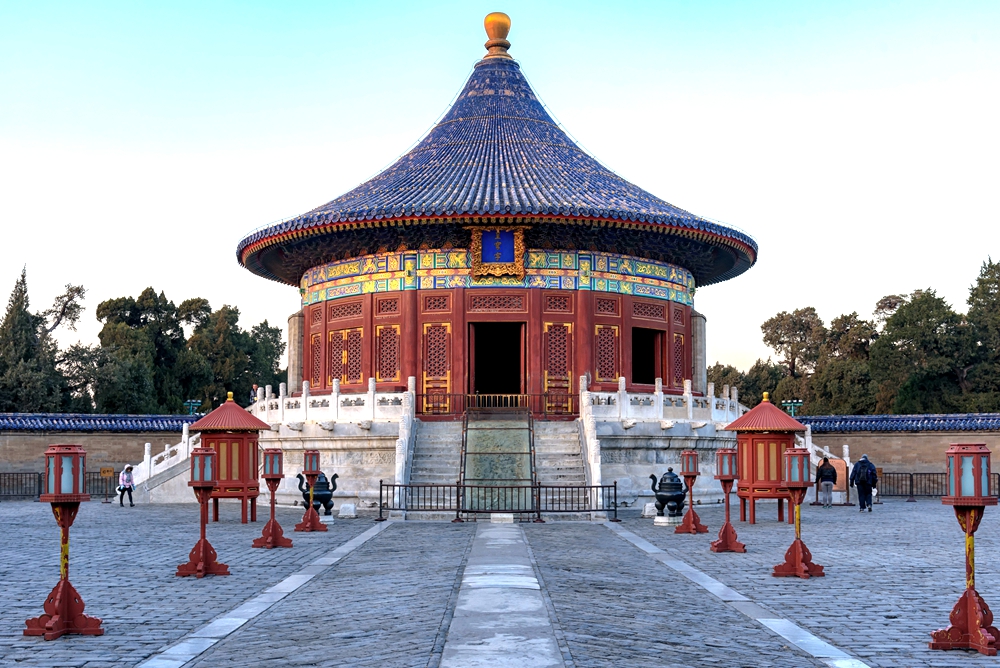
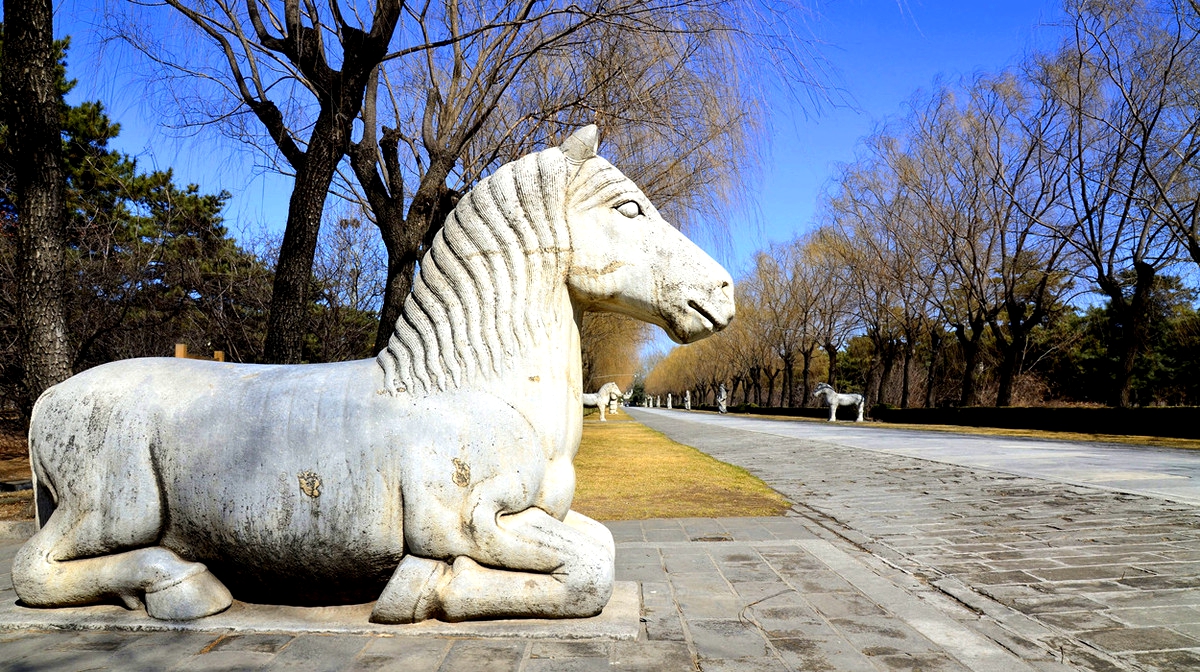
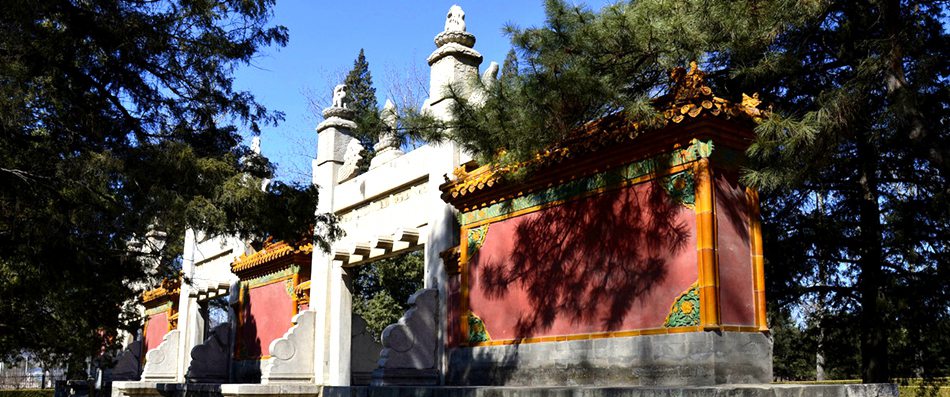
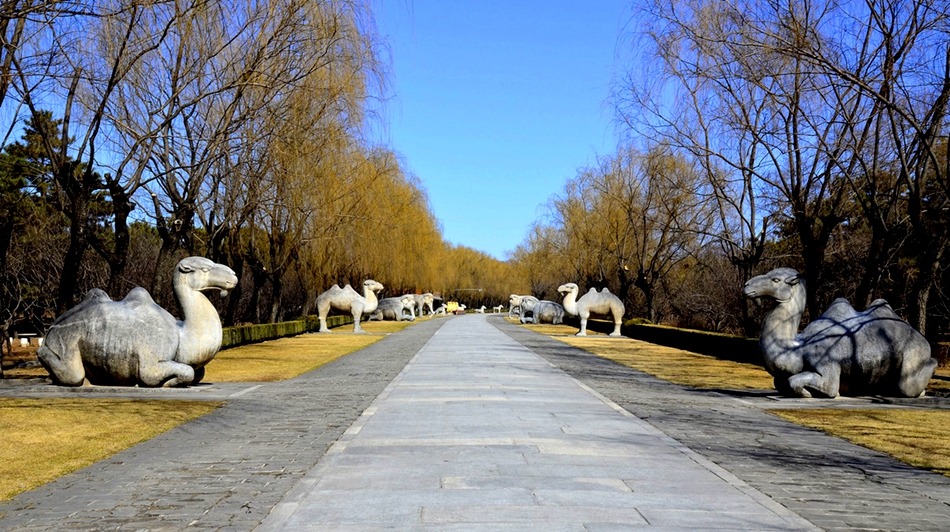



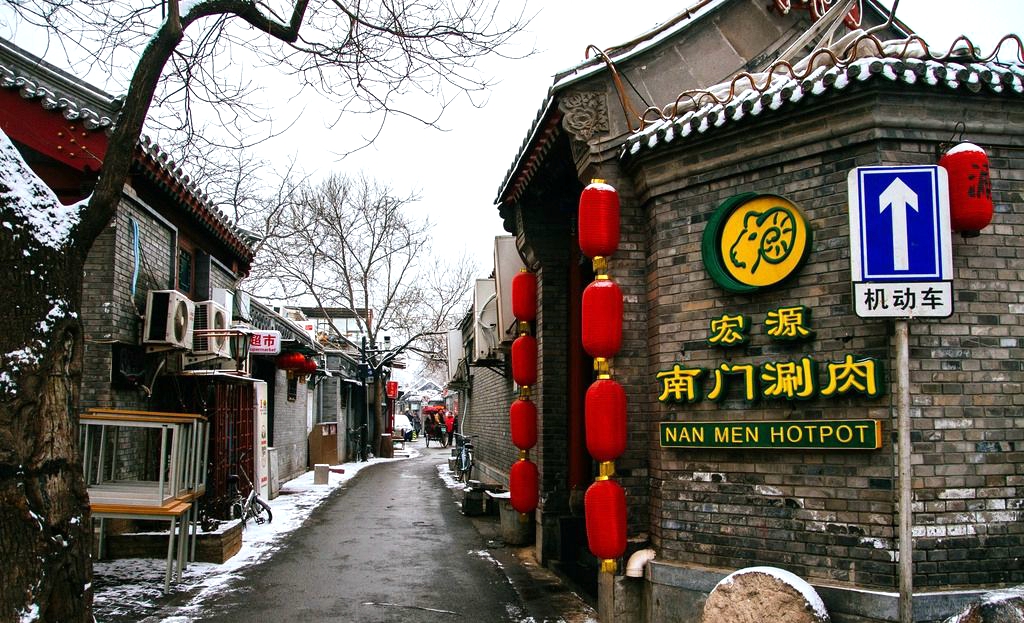
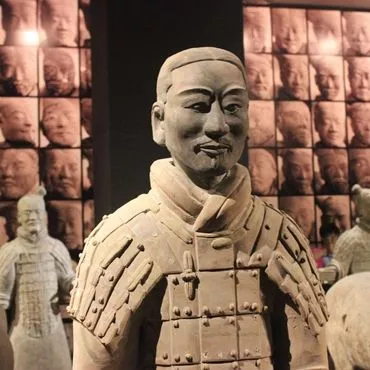
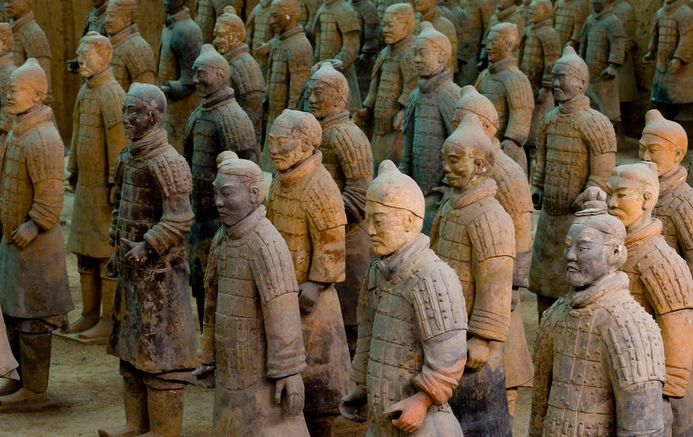
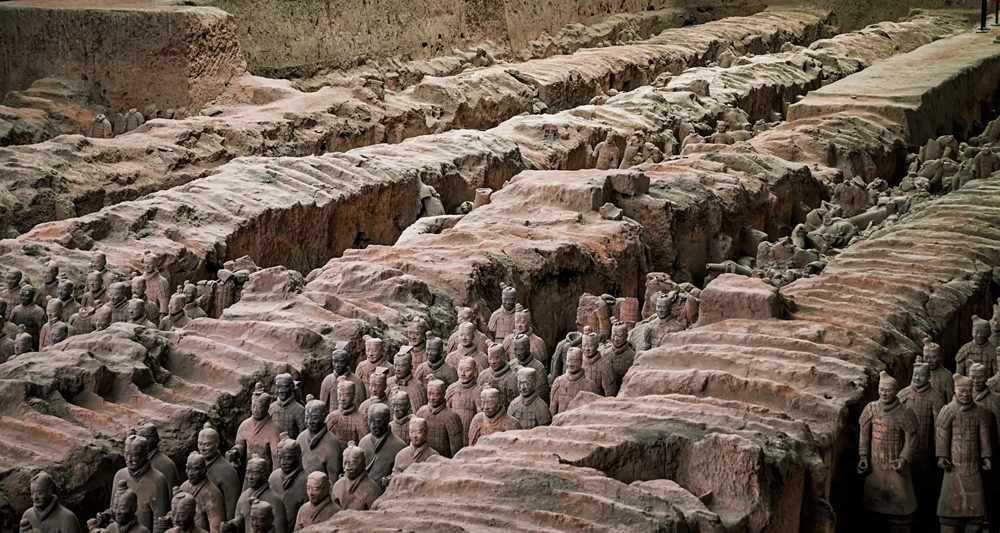
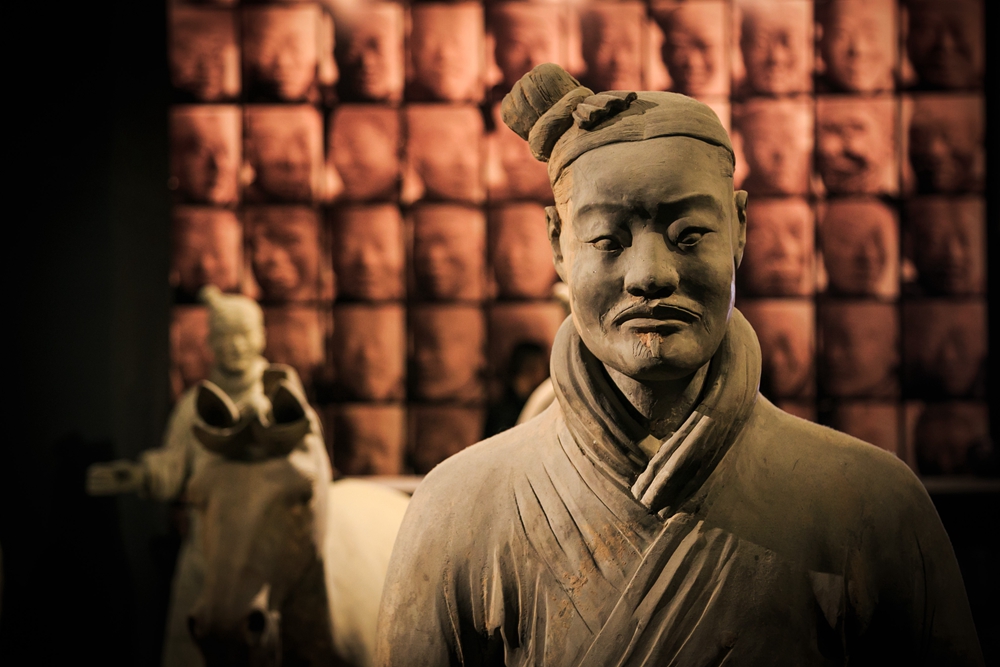

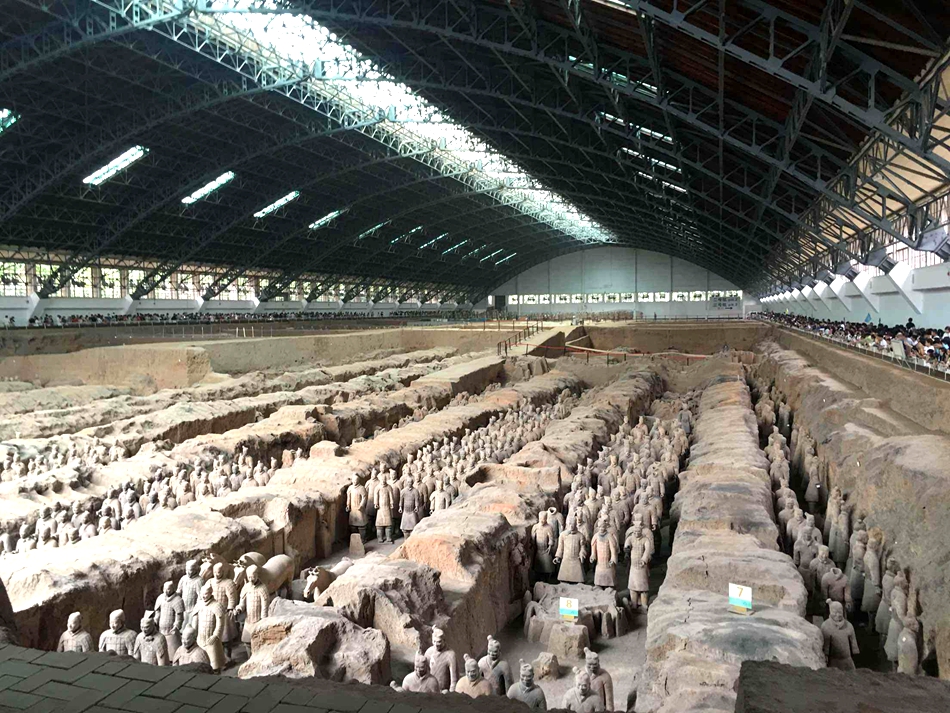
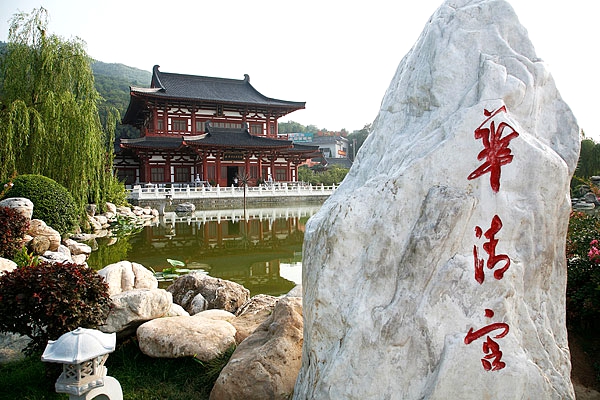

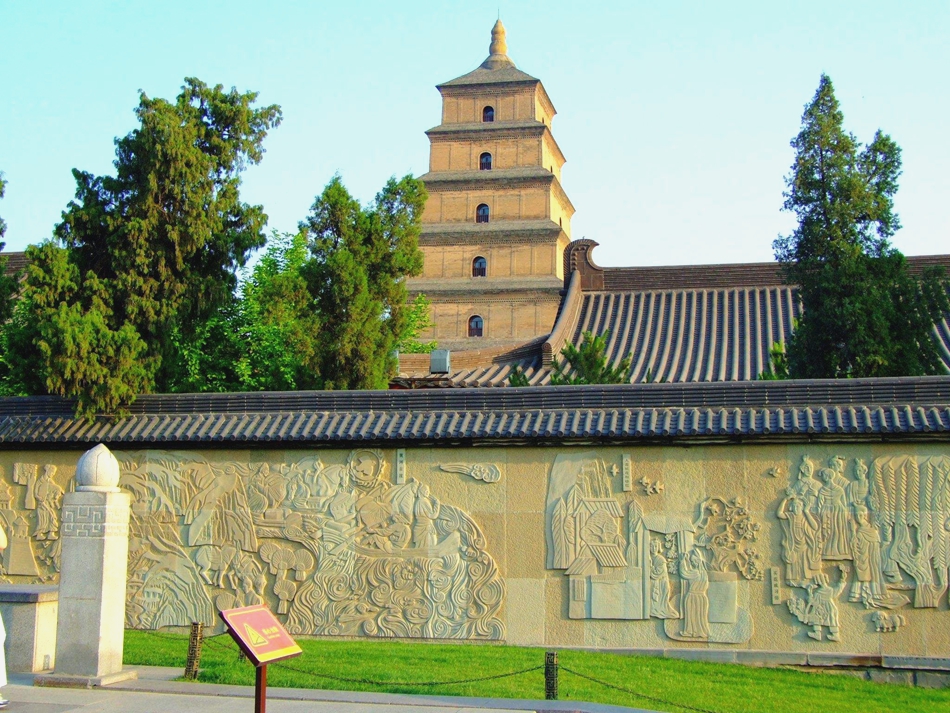
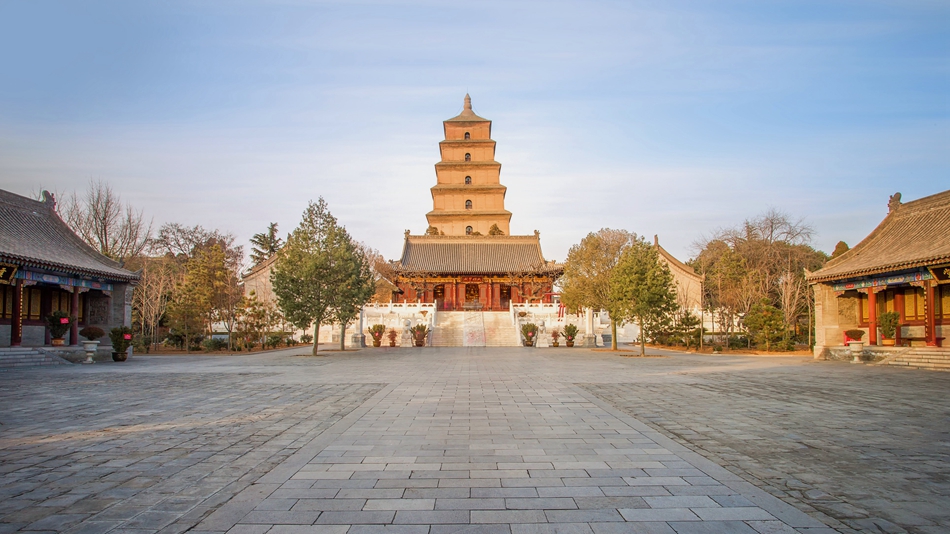

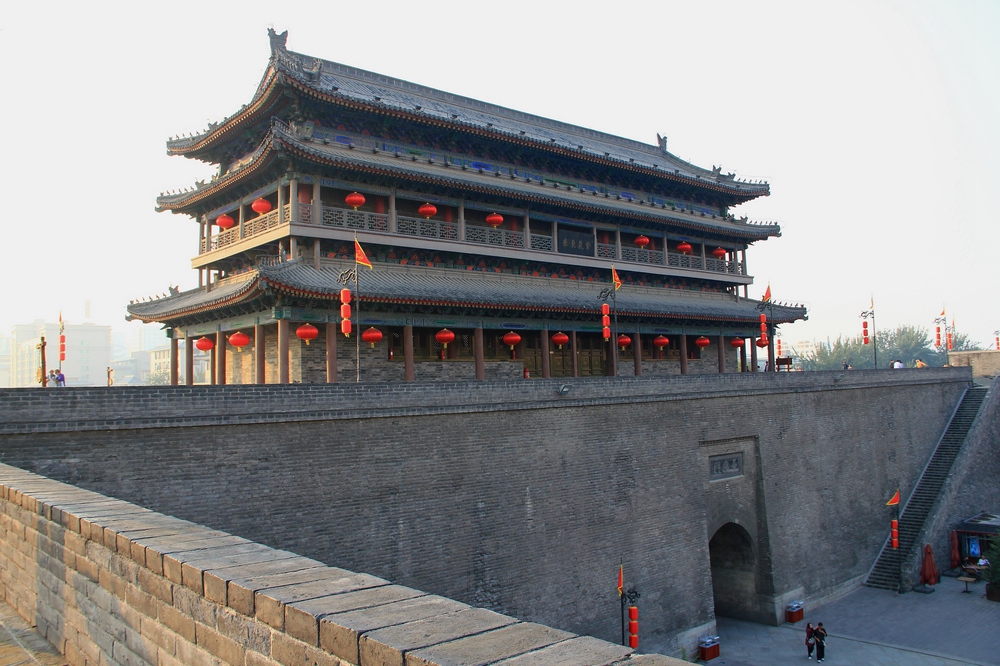
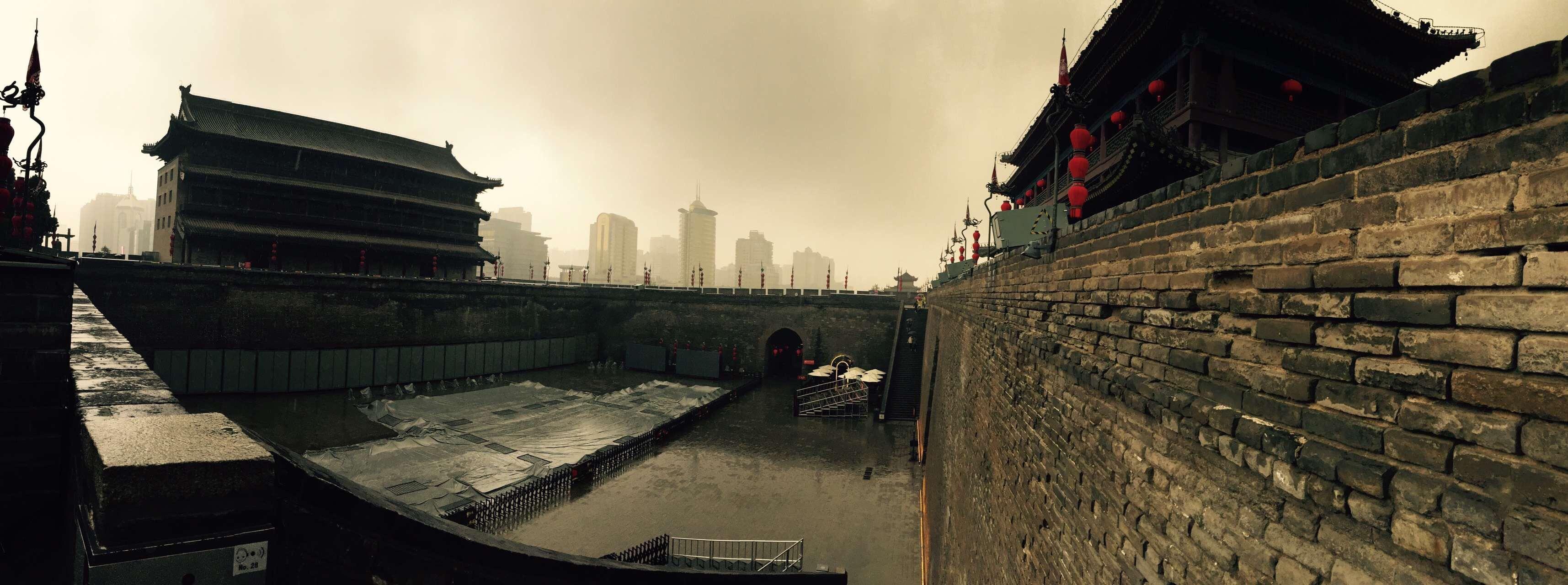
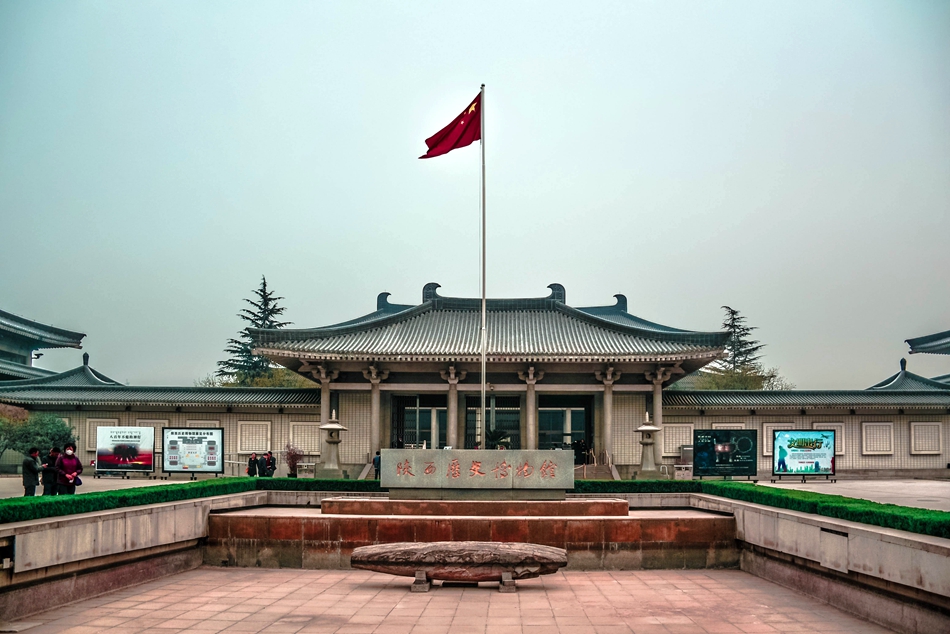
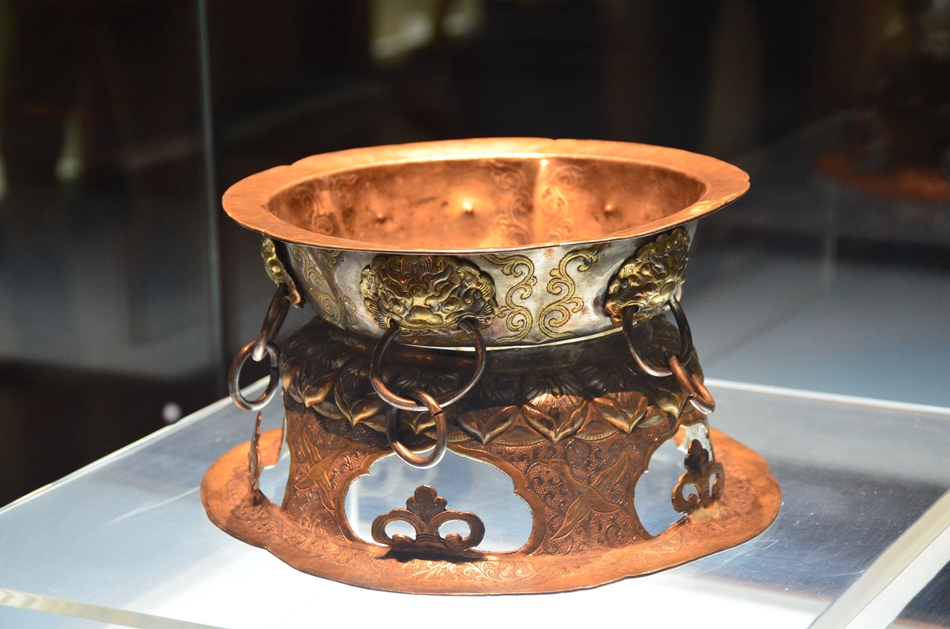
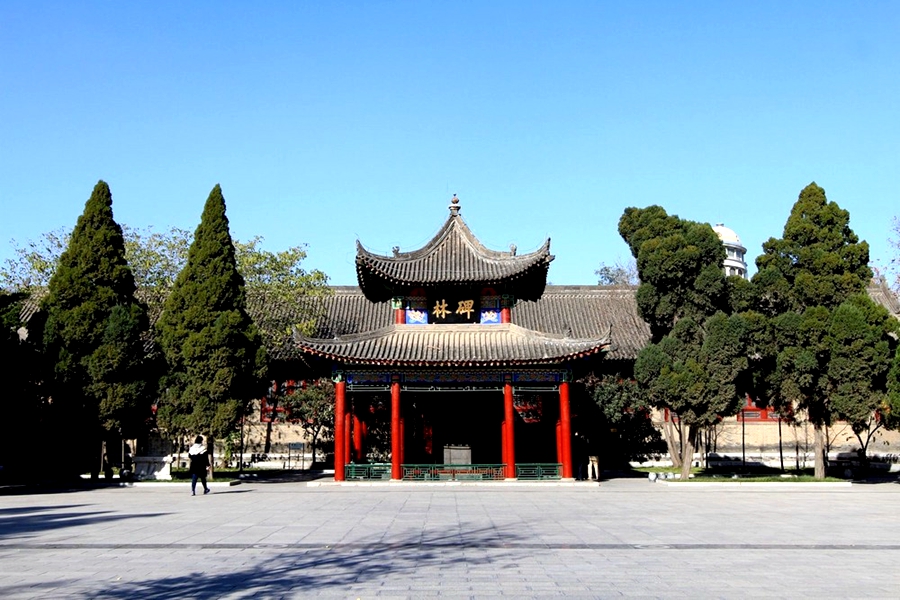
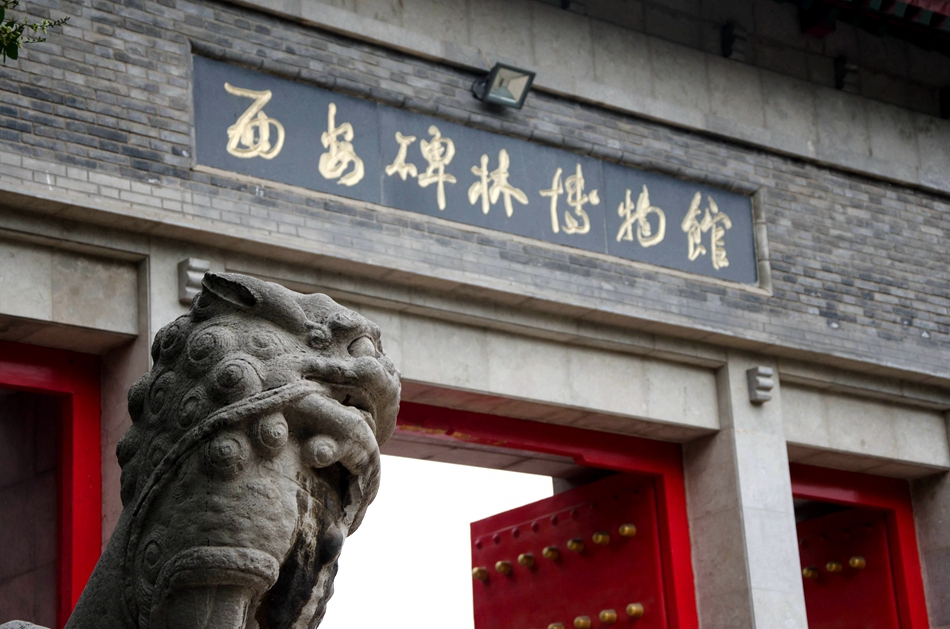
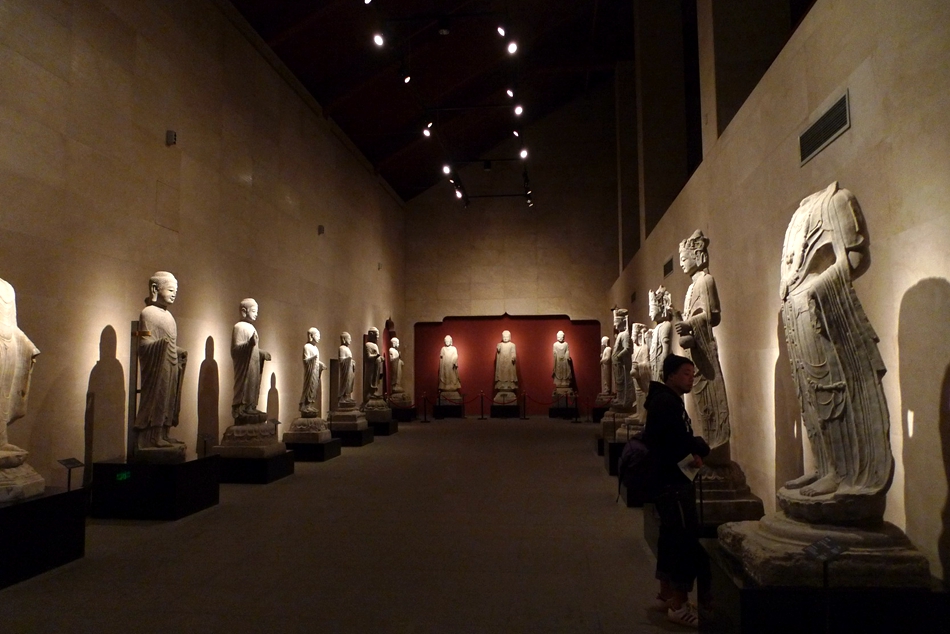

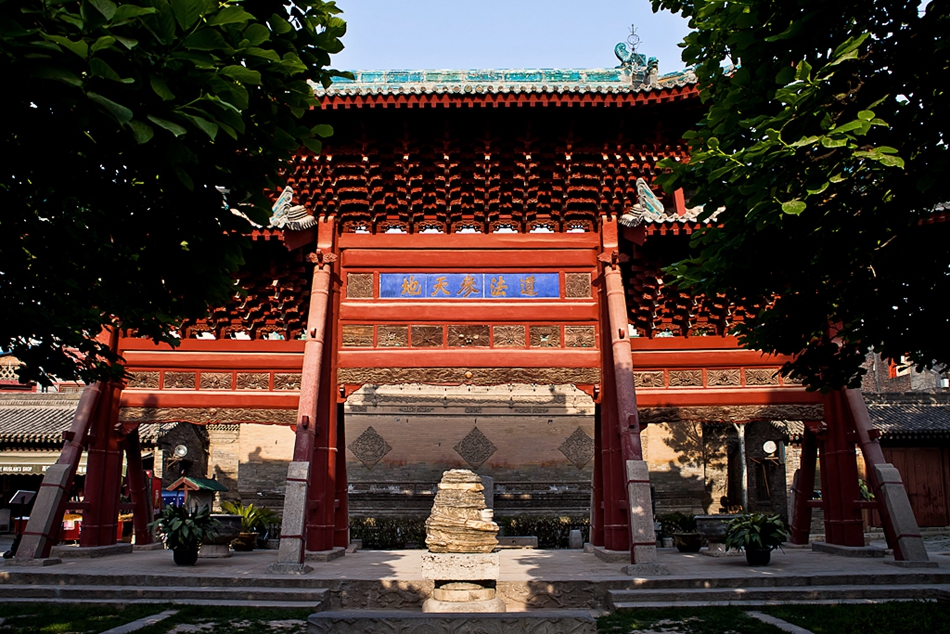
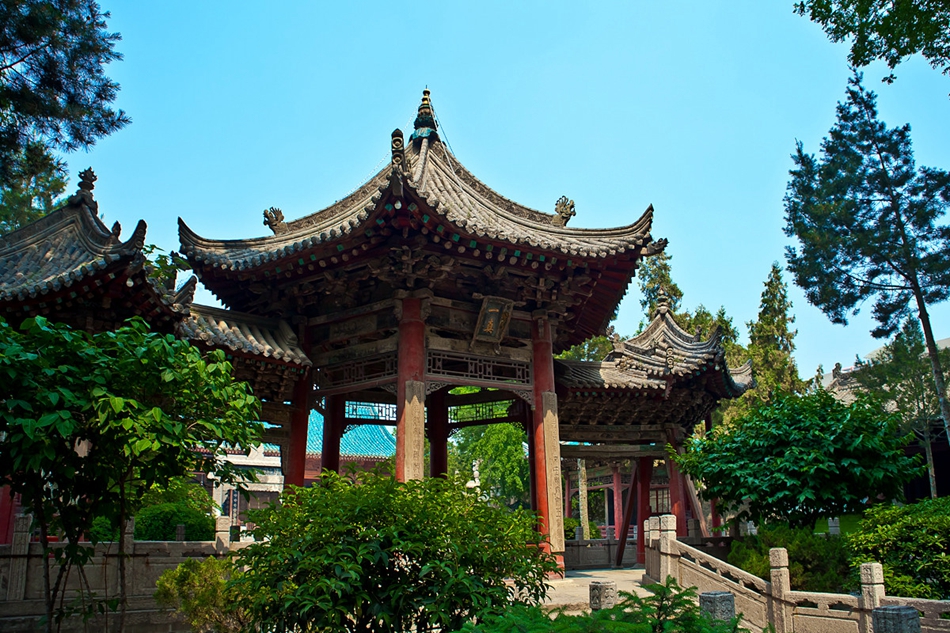

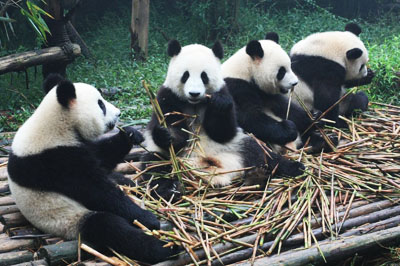
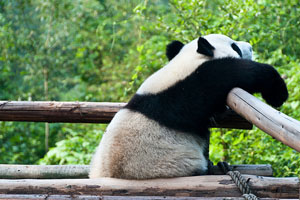
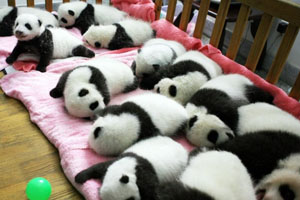

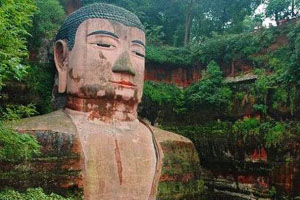
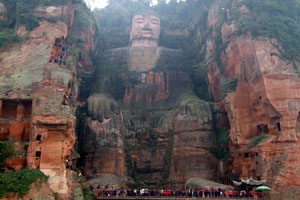
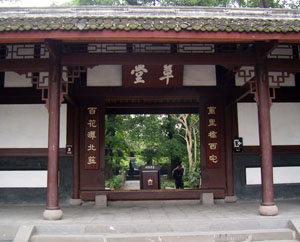
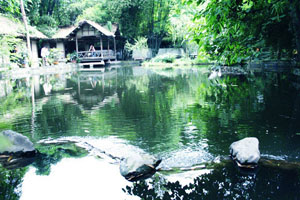
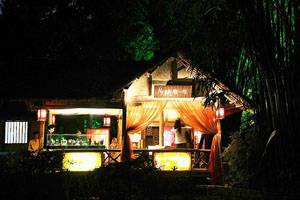
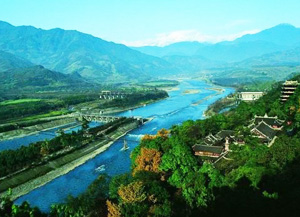
 Having witnessed centuries’ changes, the gorgeous Dujiangyan likes a record of the history attracting a growing number of tourists with the picturesque and splendid landscape. On November 29, 2000, Dujiangyan was listed as the world cultural heritage by UNESCO. Nowadays, Dujiangyan is not only the irrigation work, but also a popular scenic spot with many charming sceneries around--just like many stars twinkling around the moon.
Having witnessed centuries’ changes, the gorgeous Dujiangyan likes a record of the history attracting a growing number of tourists with the picturesque and splendid landscape. On November 29, 2000, Dujiangyan was listed as the world cultural heritage by UNESCO. Nowadays, Dujiangyan is not only the irrigation work, but also a popular scenic spot with many charming sceneries around--just like many stars twinkling around the moon.
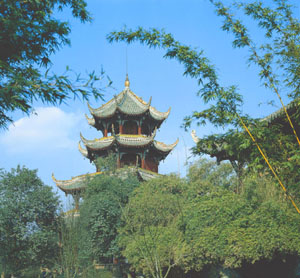 Wangjiang Pavilion with a height of 39 meters is the most shinning architecture in the Wangjiang Park that covered by green bamboo woods. Wangjiang Pavilion, built in Qing Dynasty (1644-1912), was designed as an octagonal shape with the overhanging eaves, sharp golden roof, and various exquisite figure carvings and clay sculptures of animals decorating each floor. Located on the bank of Jinjiang River, Wangjiang Pavilion provides an ideal angle for river viewing, from which it derived the present name “Wangjiang Lou”.
Wangjiang Pavilion with a height of 39 meters is the most shinning architecture in the Wangjiang Park that covered by green bamboo woods. Wangjiang Pavilion, built in Qing Dynasty (1644-1912), was designed as an octagonal shape with the overhanging eaves, sharp golden roof, and various exquisite figure carvings and clay sculptures of animals decorating each floor. Located on the bank of Jinjiang River, Wangjiang Pavilion provides an ideal angle for river viewing, from which it derived the present name “Wangjiang Lou”.